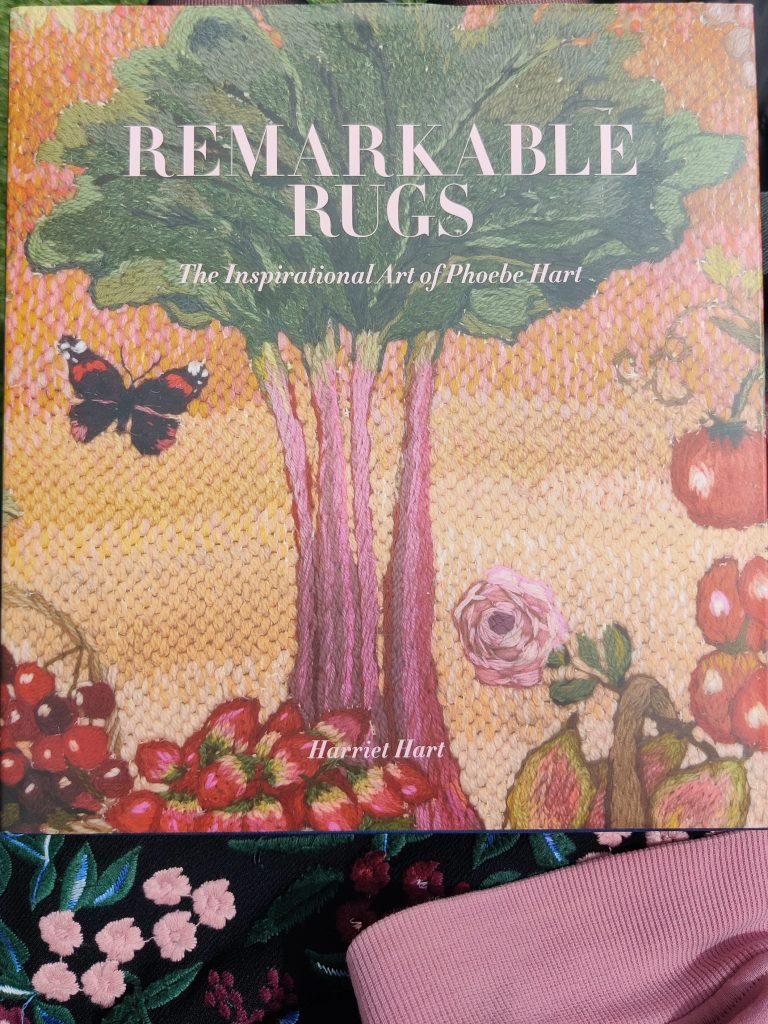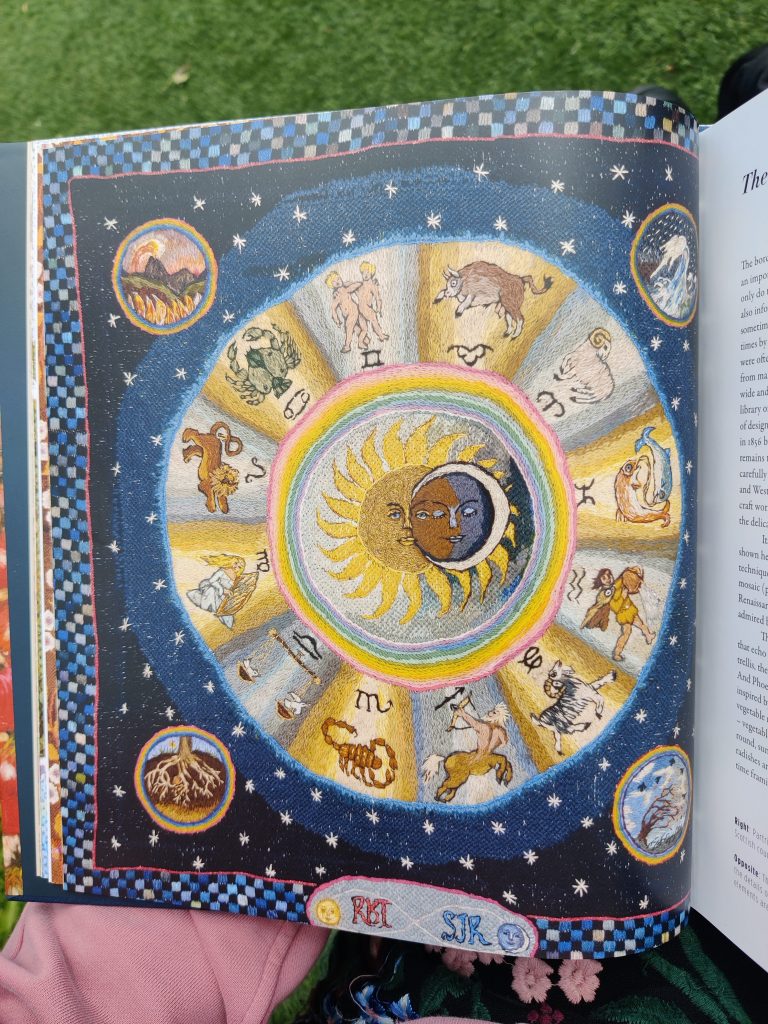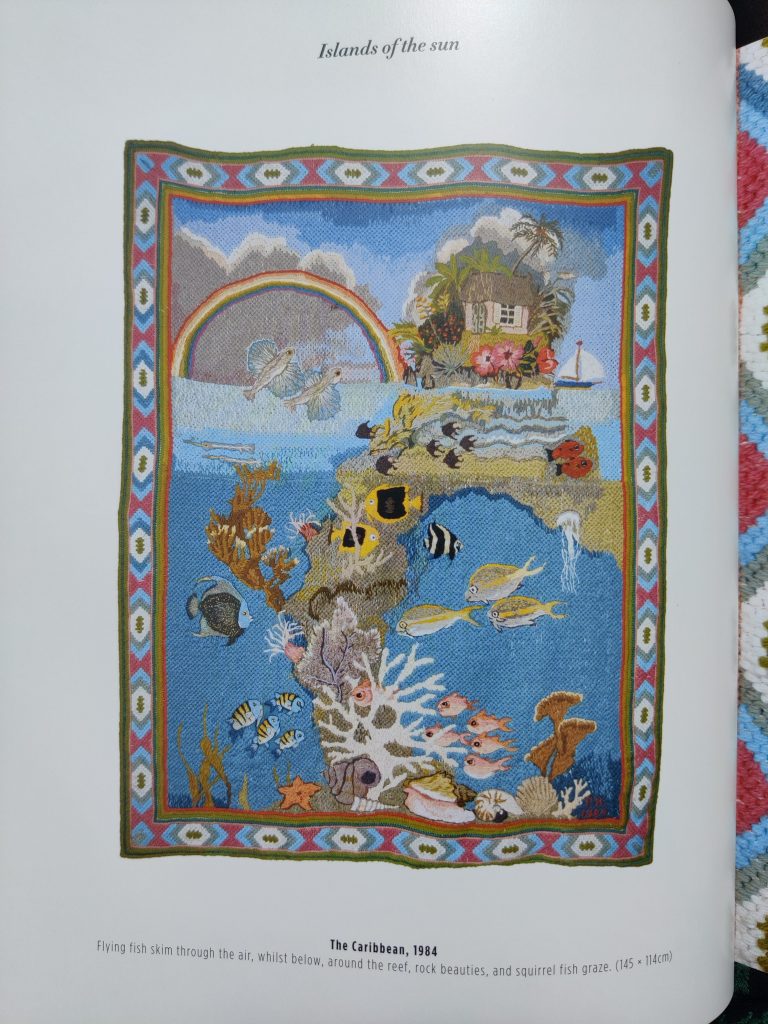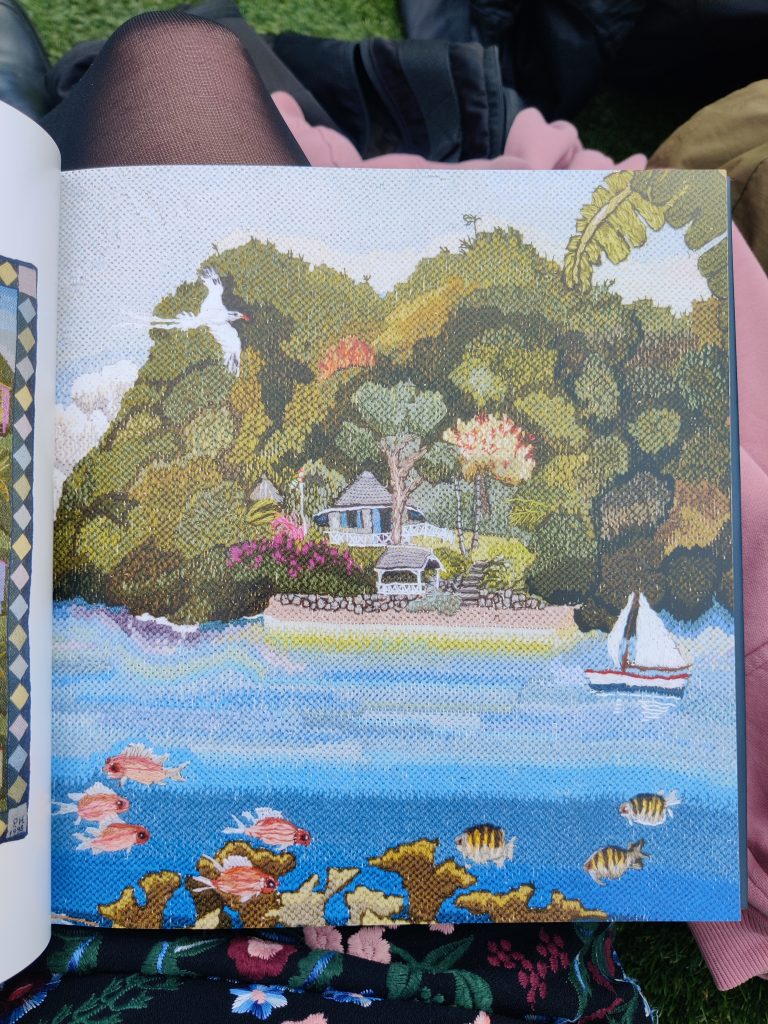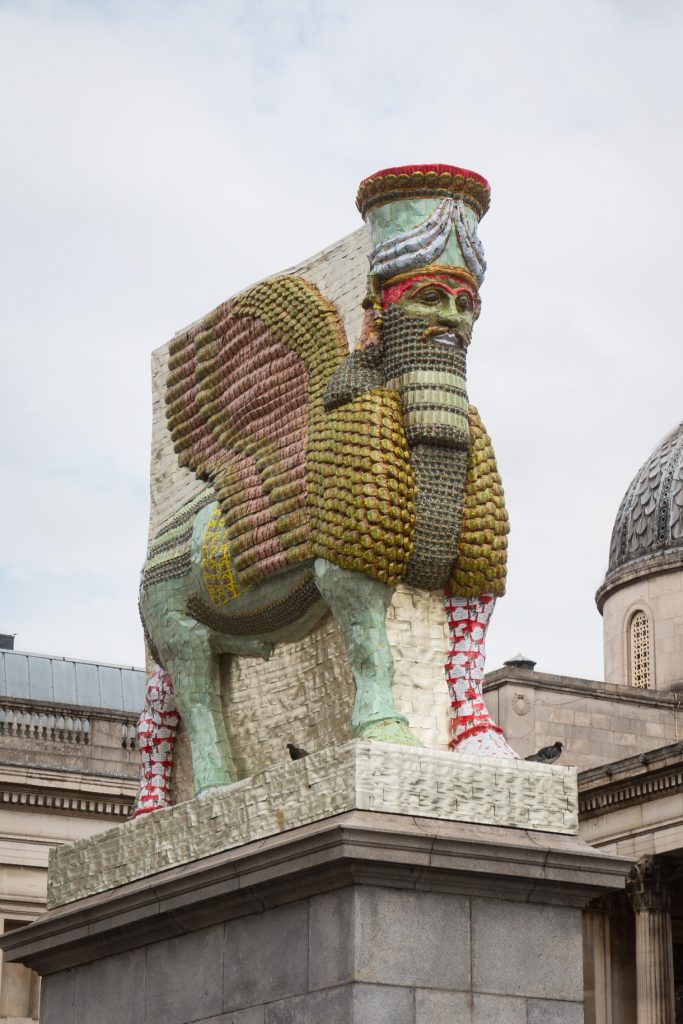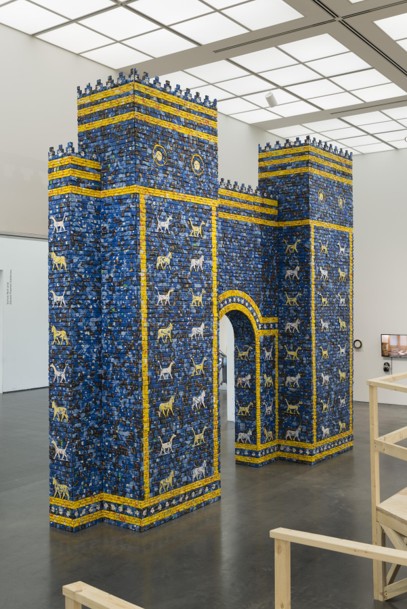Circling back to looking at artefacts at the British Museum, and thinking about ways to create a new index of artefacts (with inspiration from Societies 2: Indexing collective materials from the BT Archive tour) alongside a wider look at graphic communication design through artefacts across time. I had been looking particularly at text last term, so this term I am starting with a look at images.
As I had been looking at multilingual inscriptions last term, and how one might be able to trust the historicity of knowledge conveyed on prisms and tablets etc. I was curious about the visual communication of artefacts and what they tell us about the ancient world and how one might ascertain what is true/not true about historical narratives.
It was very interesting to me to see how many of the artefacts corroborate with biblical accounts of people from the ancient world.
For instance, there is a famous story of Daniel being thrown into a lion’s den, and the Babylonian throne room depicted lions:
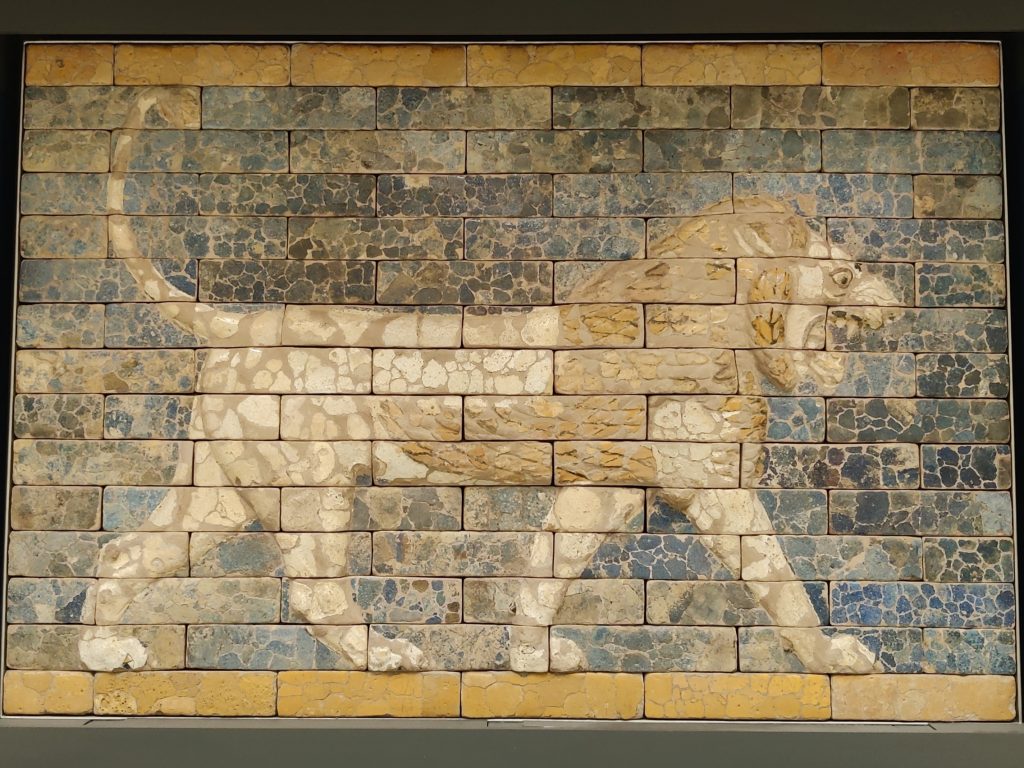
There are accounts of the people of YHWH being slaves in Ancient Egypt, and in the British Museum there’s a bust of the Pharoah who may have been in charge at that time:
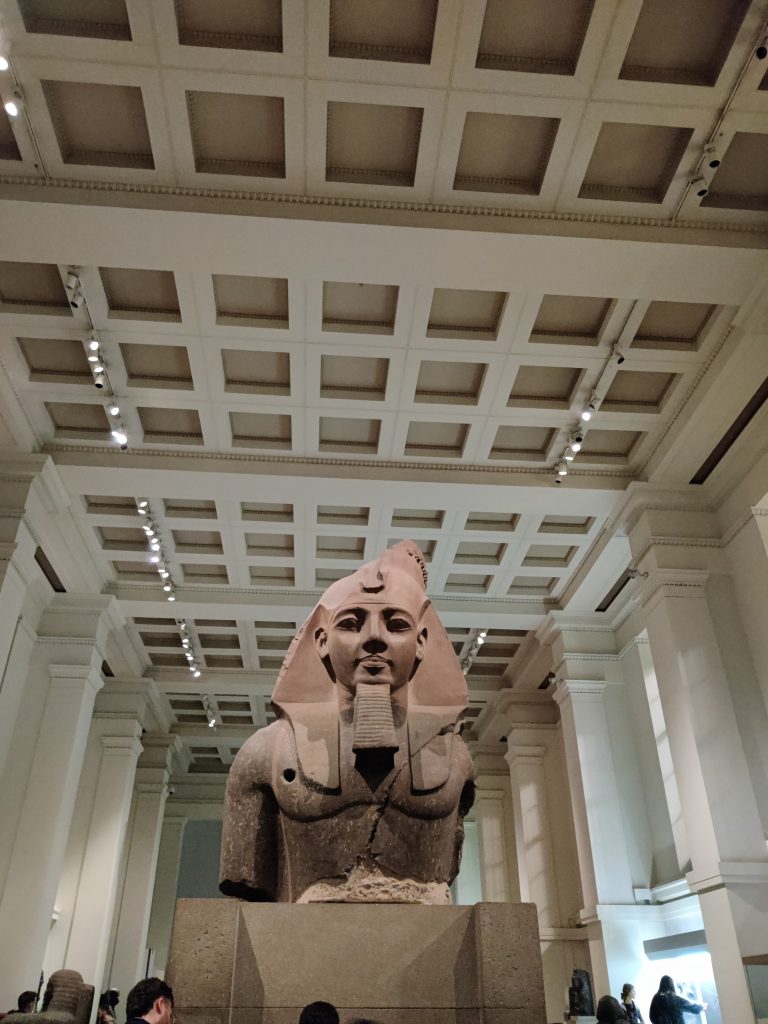
One of the most feared nations in the ancient world were the Assyrians, whose kings came into conflict with the kings of Israel and Judah.
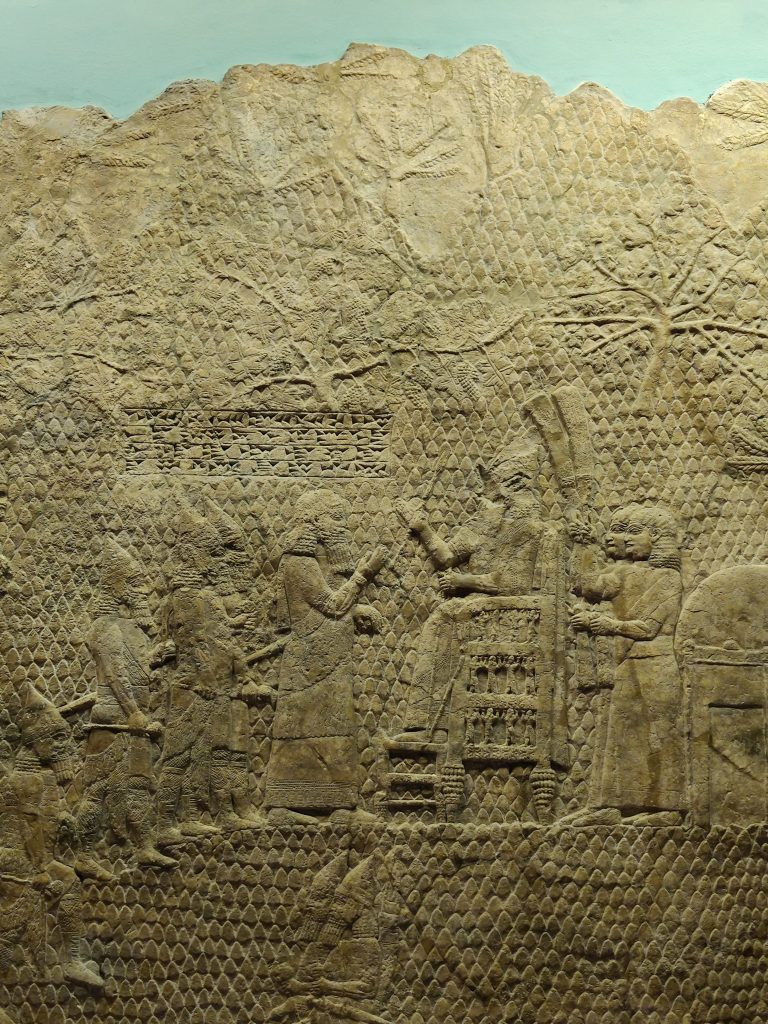
What is also really interesting is that these artefacts are all in different rooms, from completely different eras and geographical areas. The common thread is that they corroborate with the biblical narrative, and they are all related to power structures. Men in power, such as Sennacherib and the Pharaohs elevated themselves to God-like status, and made images which communicate their power to us, even today. Yet all of those kingdoms are no longer what they were. It is interesting that today, it is almost unheard of to worship the gods of those times, but millions of people still worship YHWH. What is different about this invisible God, whose image we can’t see in the museum?
In thinking about a new index or map and the idea of a common thread, I have begun iterating through drawings in thread and textile. I think there’s an interesting contrast in translating hard, chiselled visual communication into soft, textile form. This form of visual communication also draws from Infrastructure 2: Radical Quilting. There is a second contrast, in that the powerful men who ran these empires visually communicated in the medium associated with their power, whereas, as a woman, there is a rich history of women encapsulating and sharing knowledge in textile form.
I am mapping this knowledge into a new context through the medium of needlecraft, projecting from an enquiry into communication through time onto pieces of salvaged fabric.
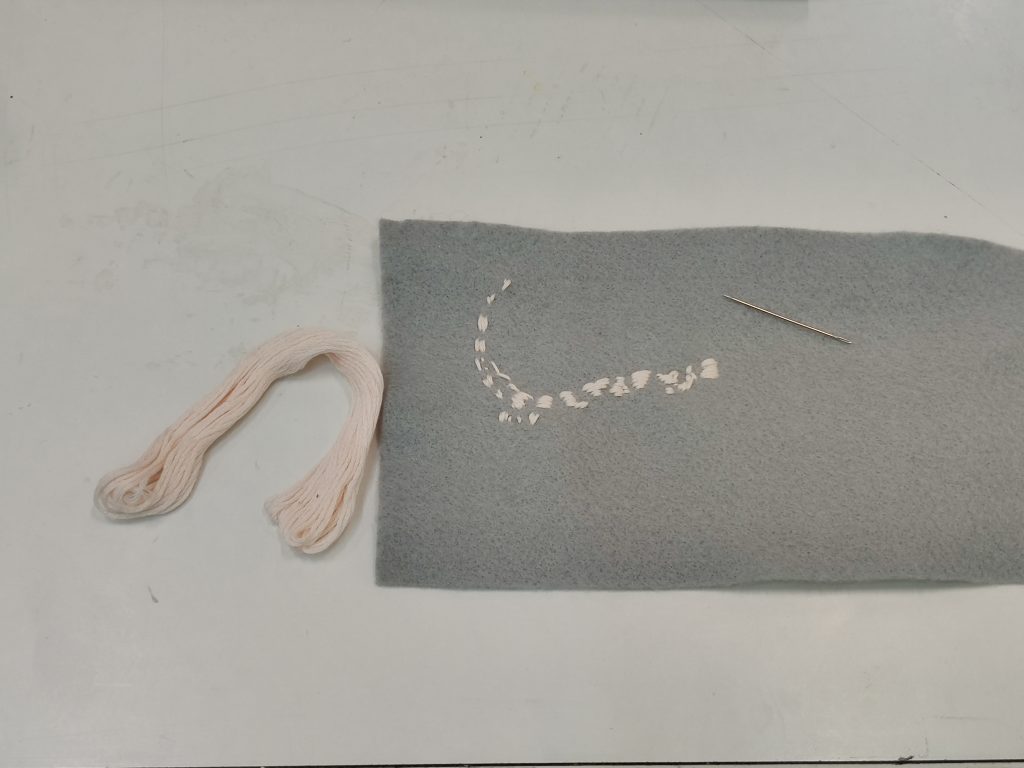
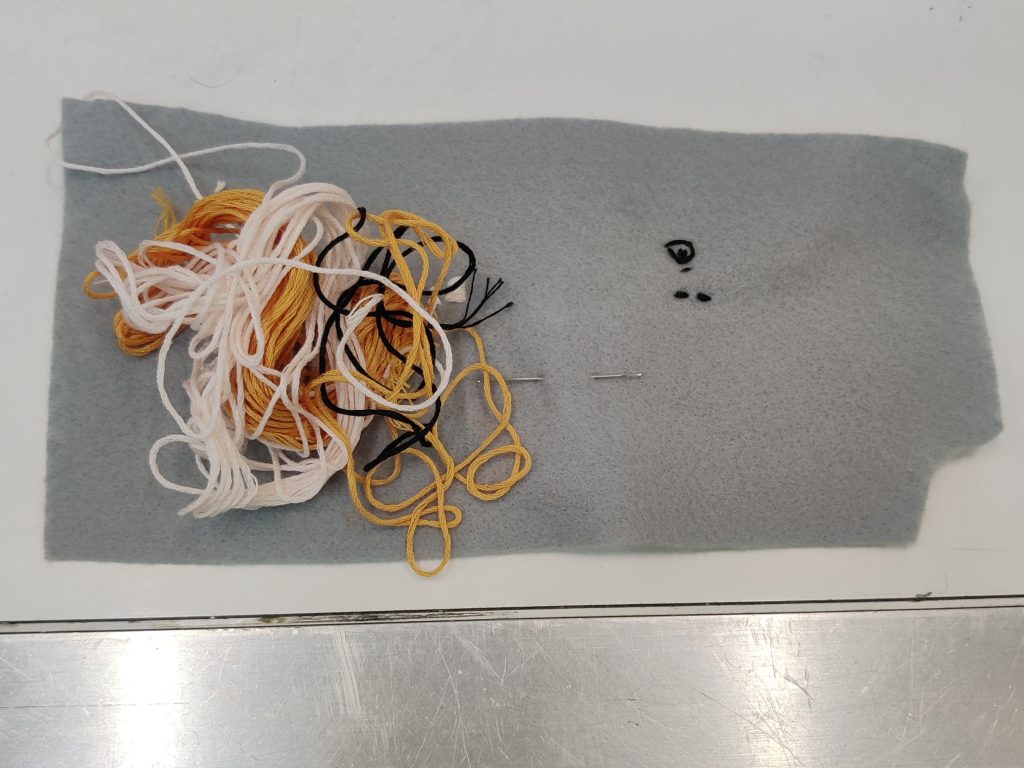
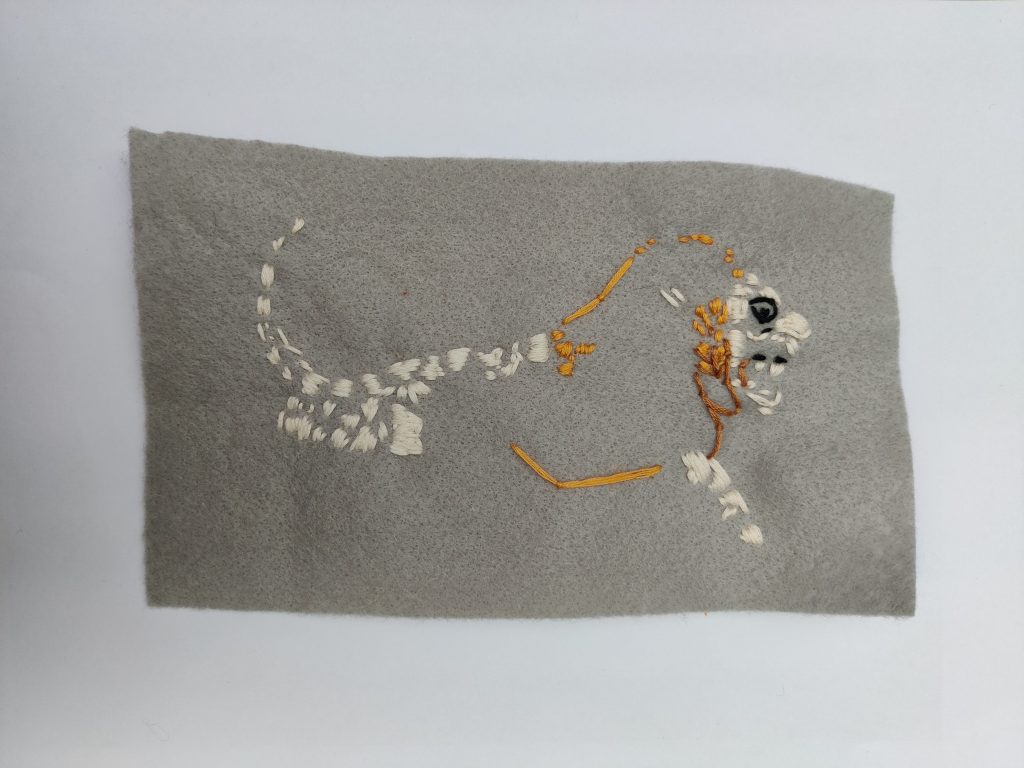
For the same artefact, I iterated through thread drawings focusing on different qualities: colour, outline, shapes.
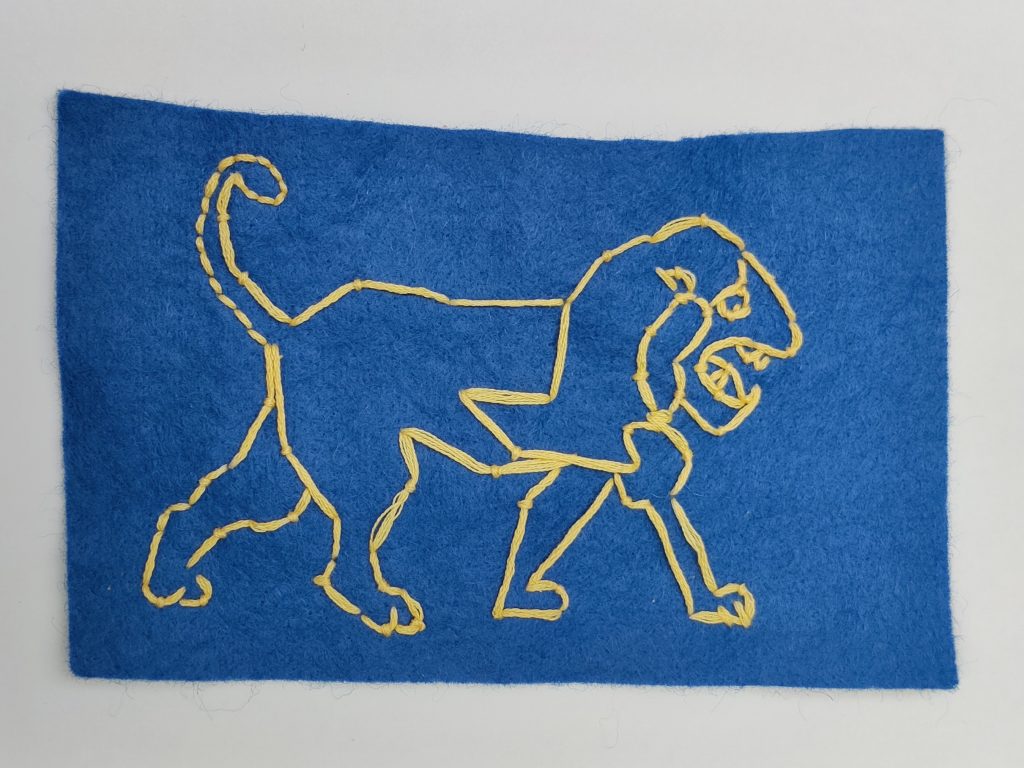
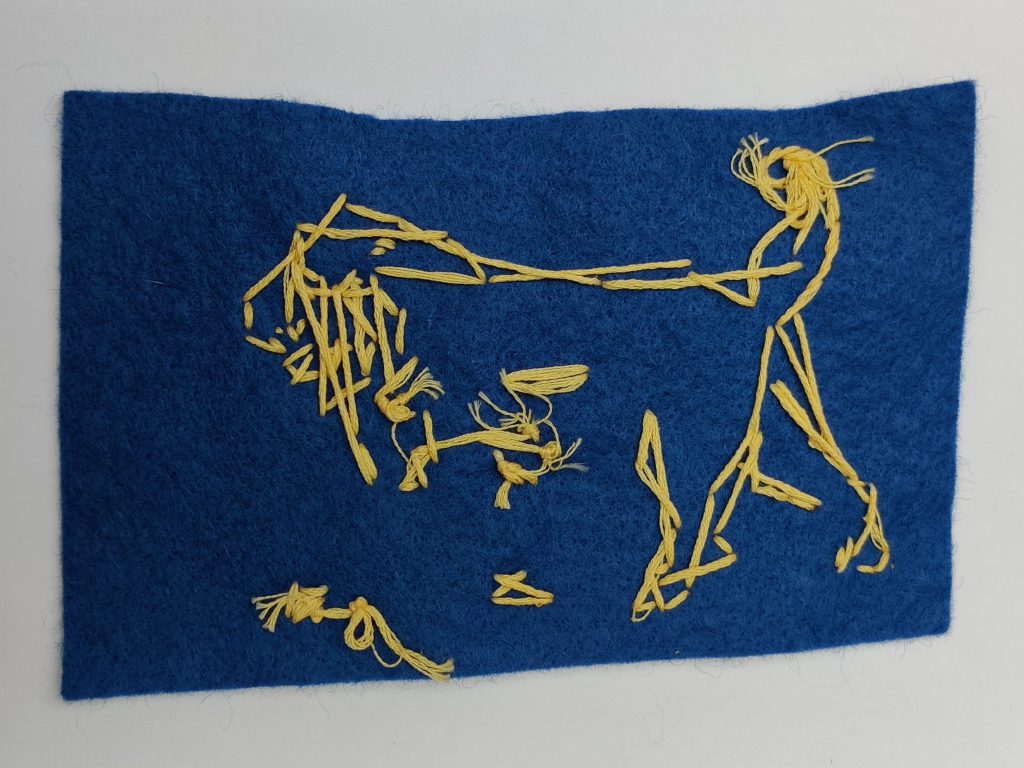
I pixellated the artefact in a cross-stitch software to play with replicating it in crude stitched pixels – thinking about the paradox of something viewed up close being less clear, and clearer from afar. This, however, is painstakingly slow.
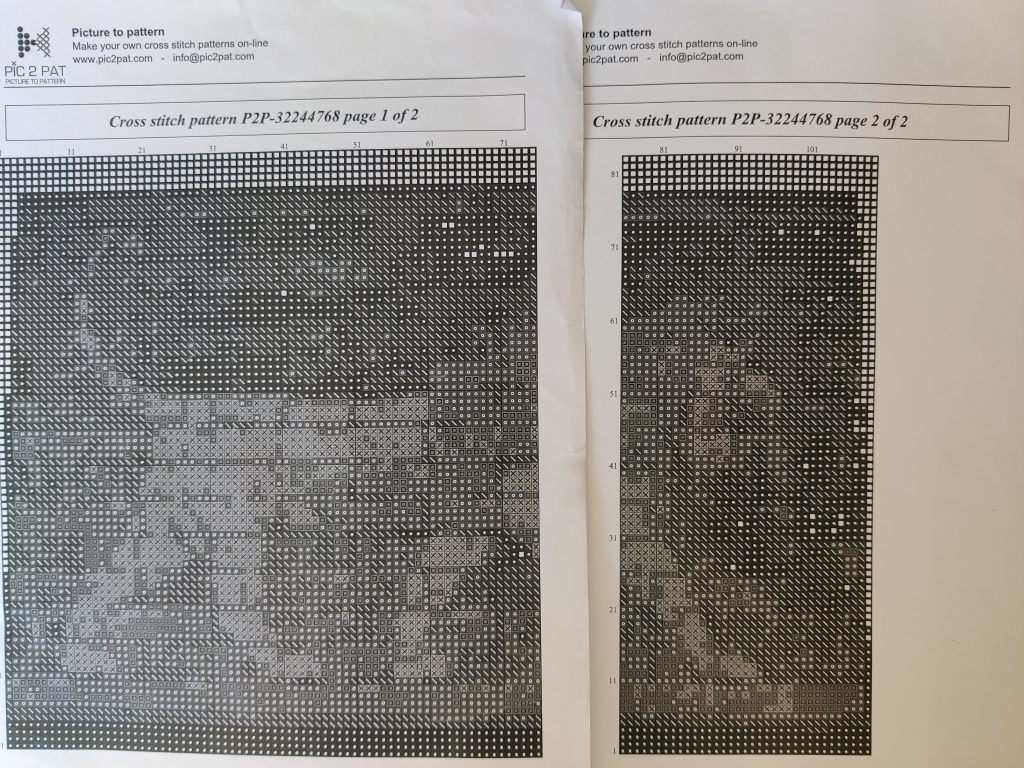
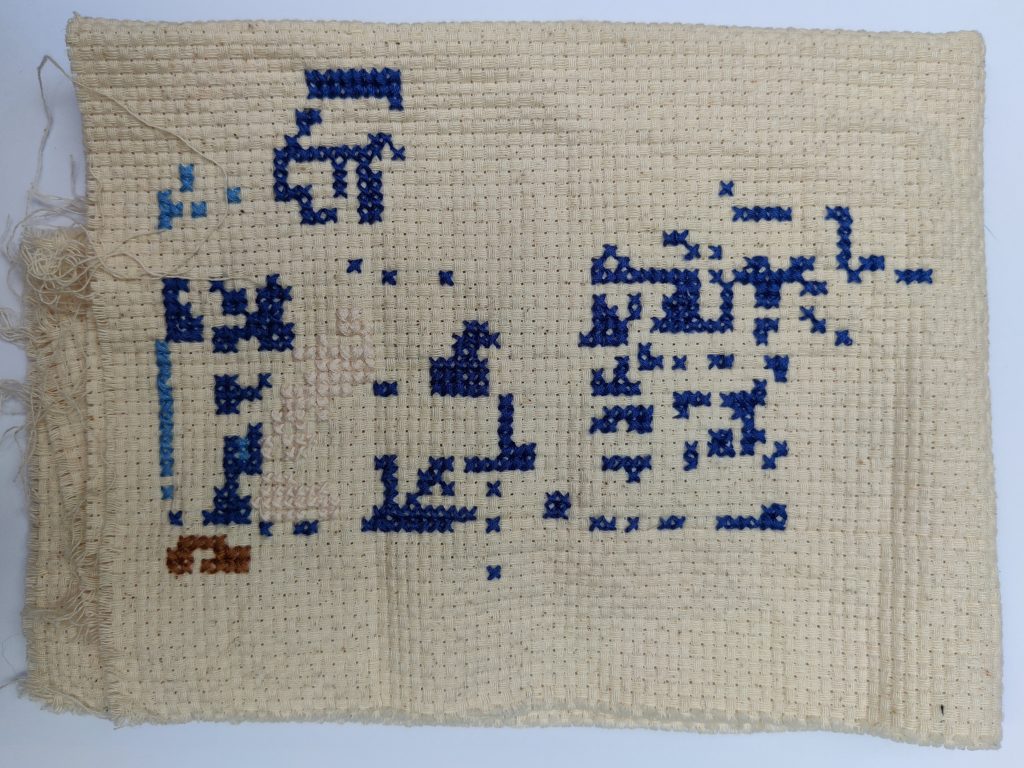
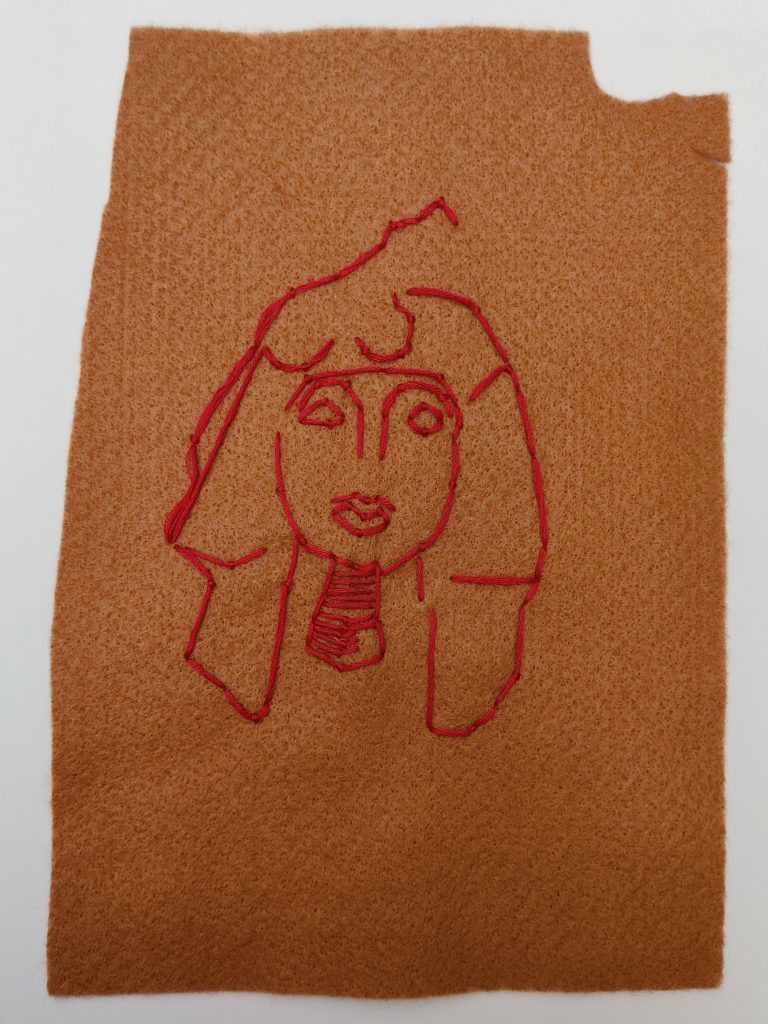
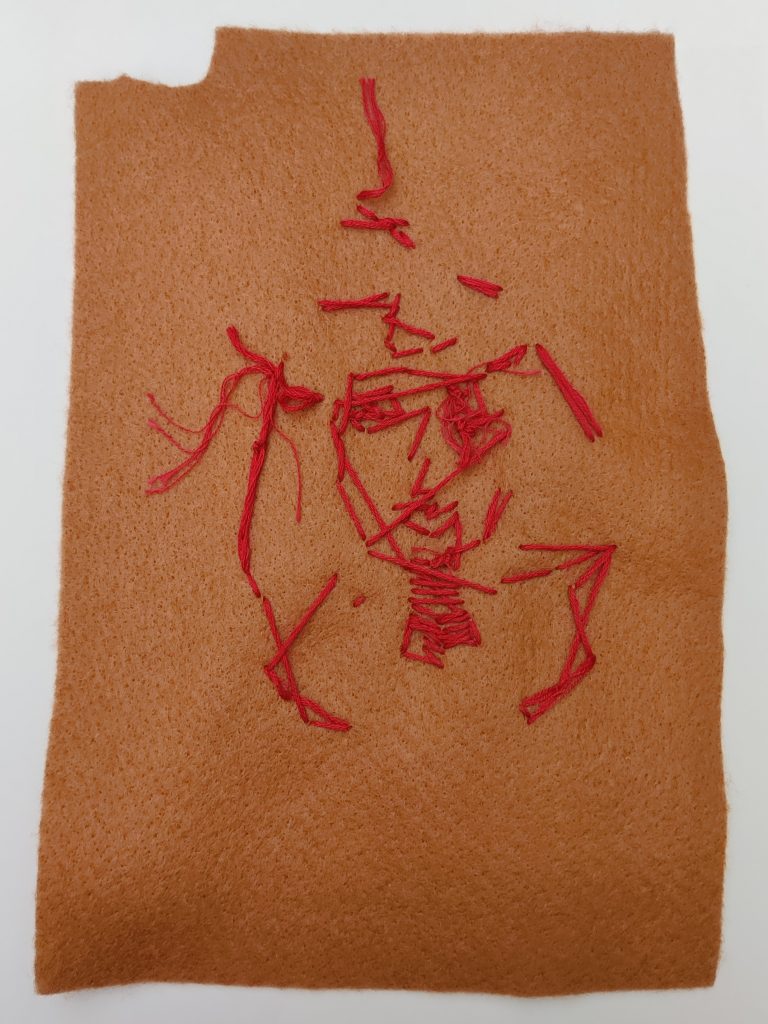
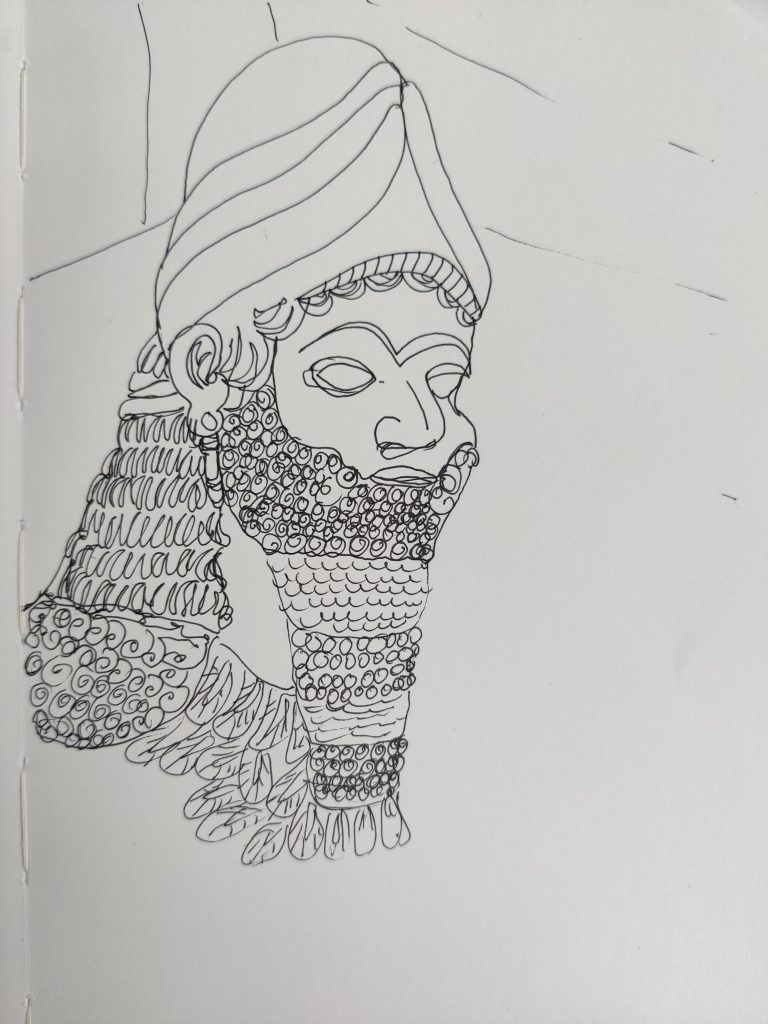
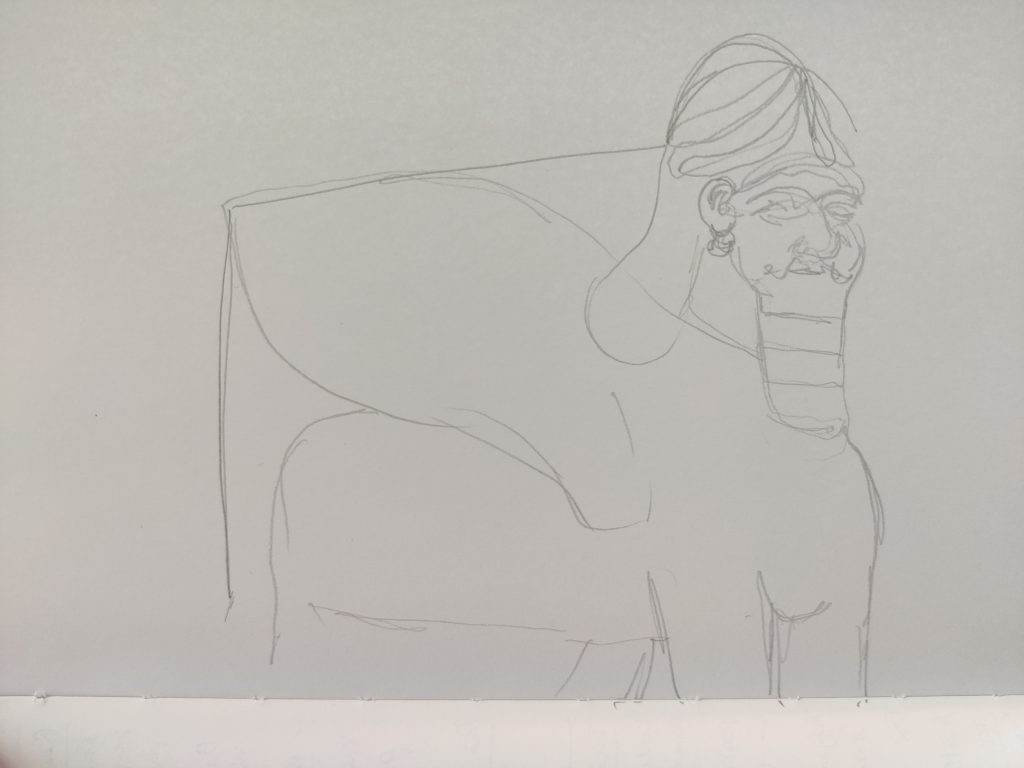
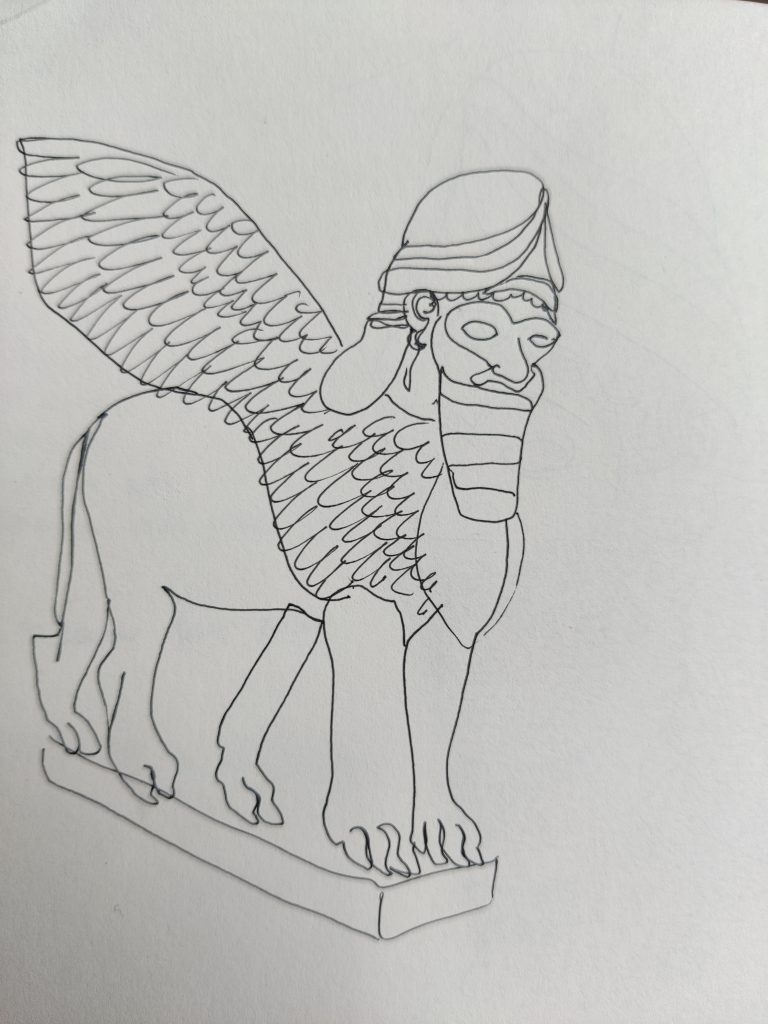
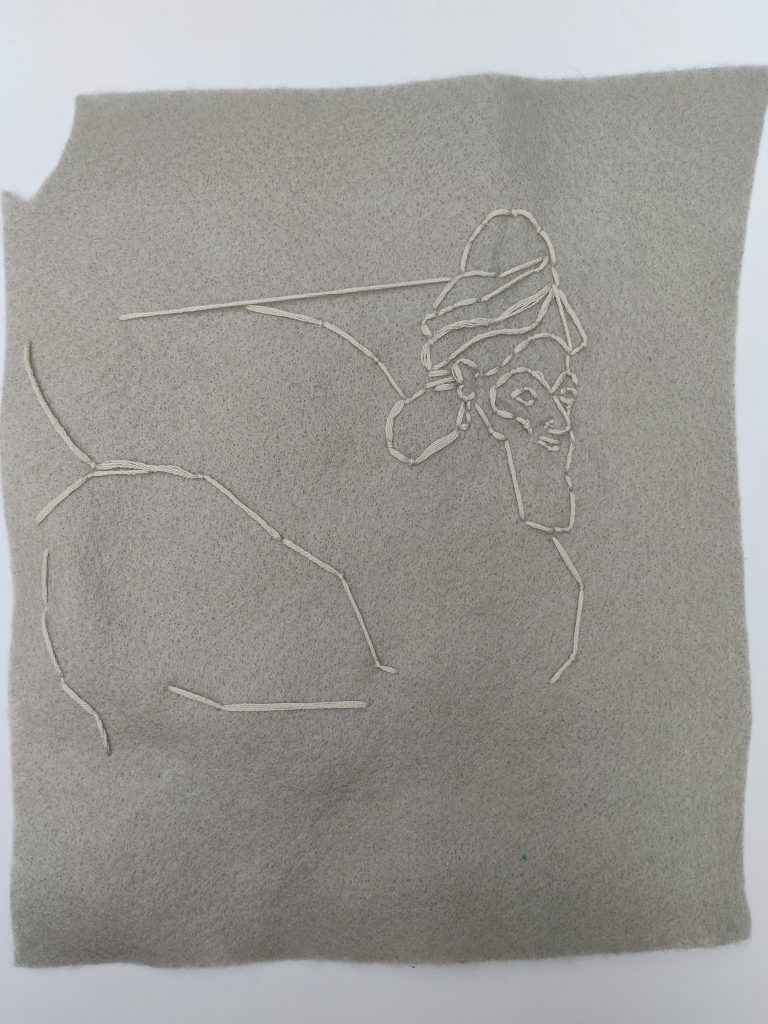
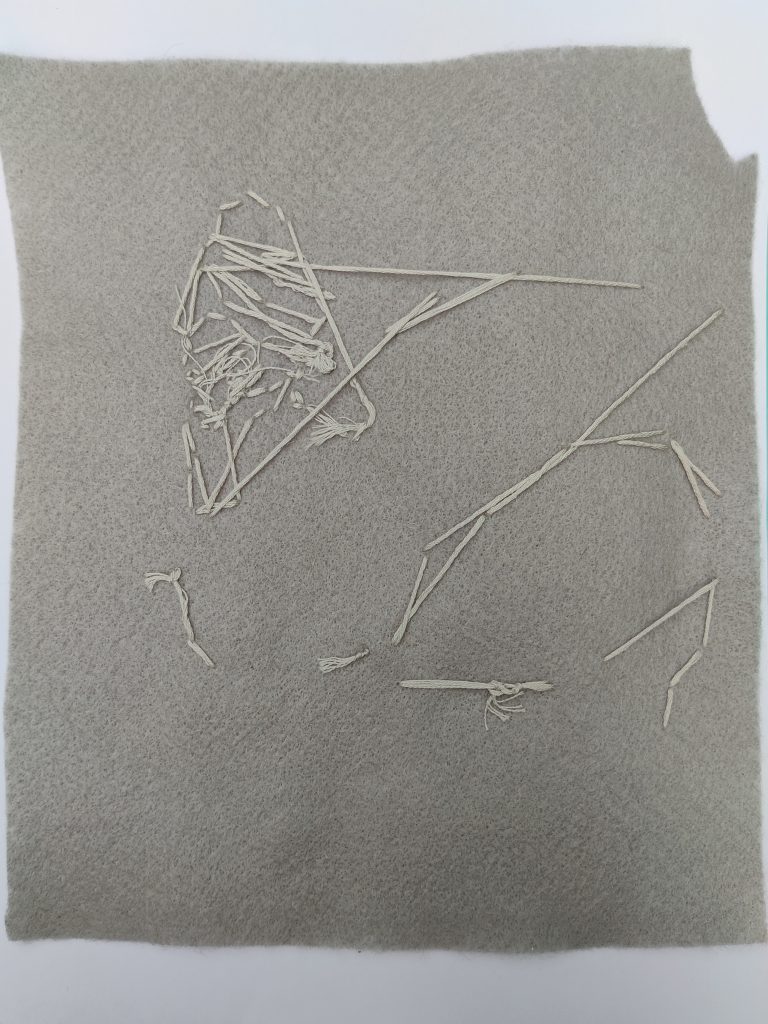
Also looking at ways these historical artefacts and index are already being replicated, conveyed, and distributed, such as in the British Museum gift shop:
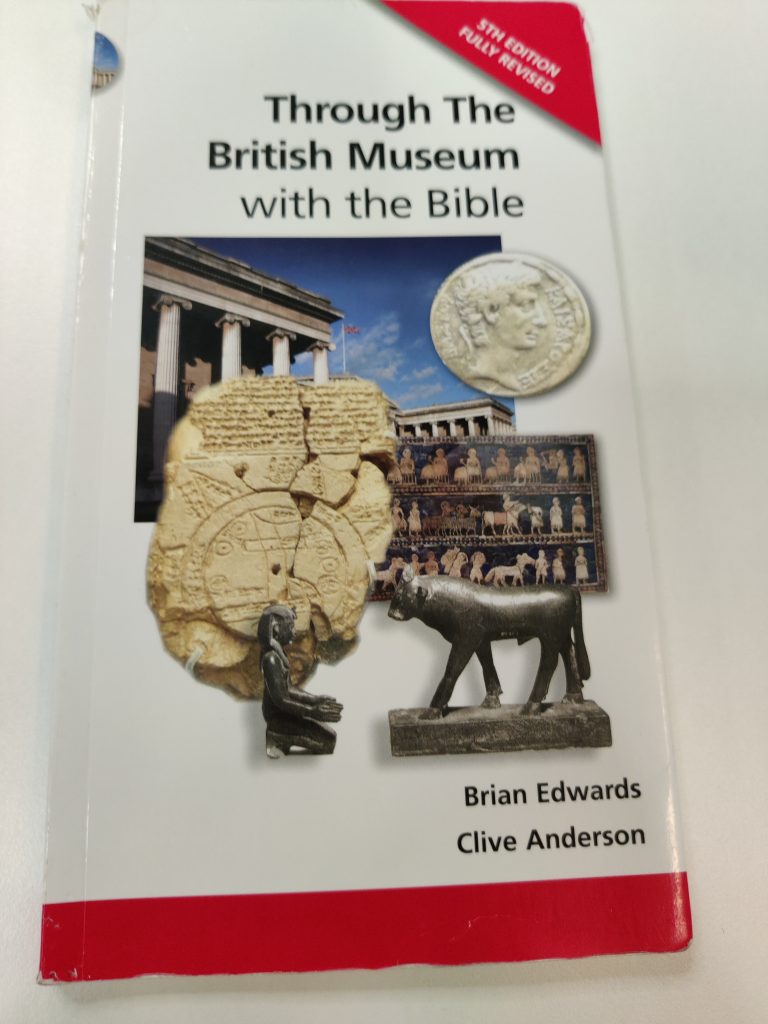
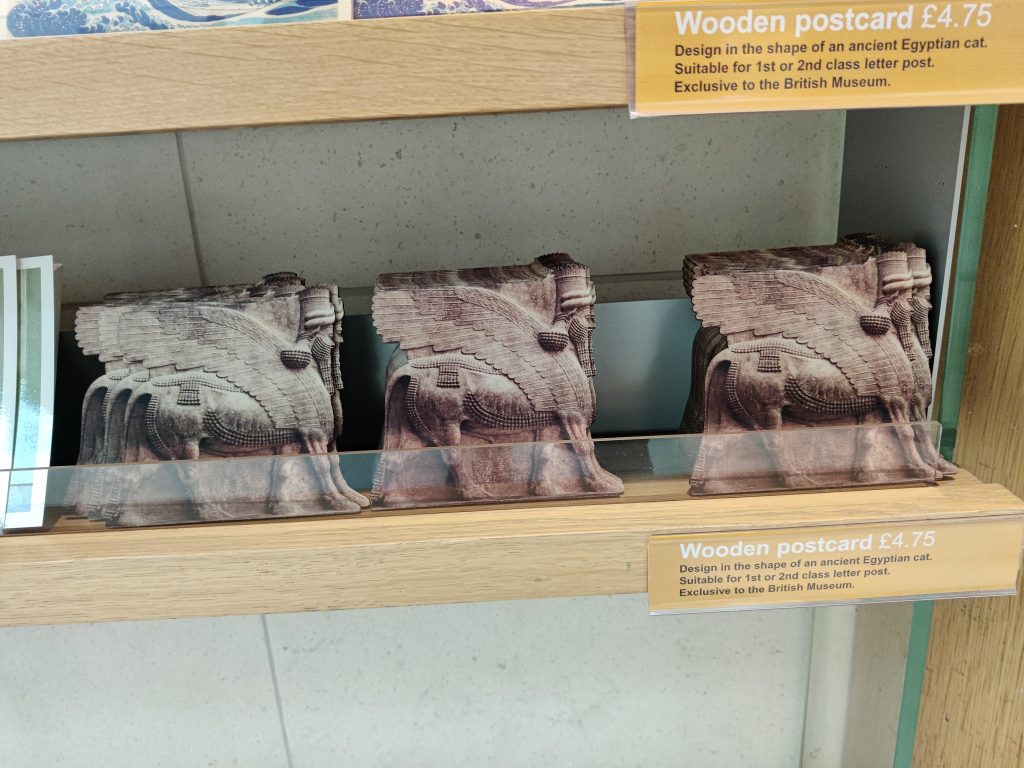
Looking also at Iraqi-American artist, Michael Rakowitz, whose work illuminates the complex political/cultural/social of artefacts taken from Mesopotamia:
In a sense, Michael and I are looking at some of the same artefacts, but Michael’s practice motive comes across as more of a protest and questioning of the rightness of the Museum/others having artefacts from lands not their own. My enquiry is not deliberately political, and is not poking at the ‘correct’ ownership of the artefacts but rather looking at the artefacts themselves.
This is helpful in bringing to mind the idea of scale – what if the little pieces I embroidered were actually true-to-life size? How would that affect the way they’re interacted with/focussed upon?
In thinking about these artefacts at the British Museum (mainly because they are directly accessible to me in London), I am thinking how one might re-articulate the map of the museum in a new indexed form in order to make the common thread understandable an un-esoteric:
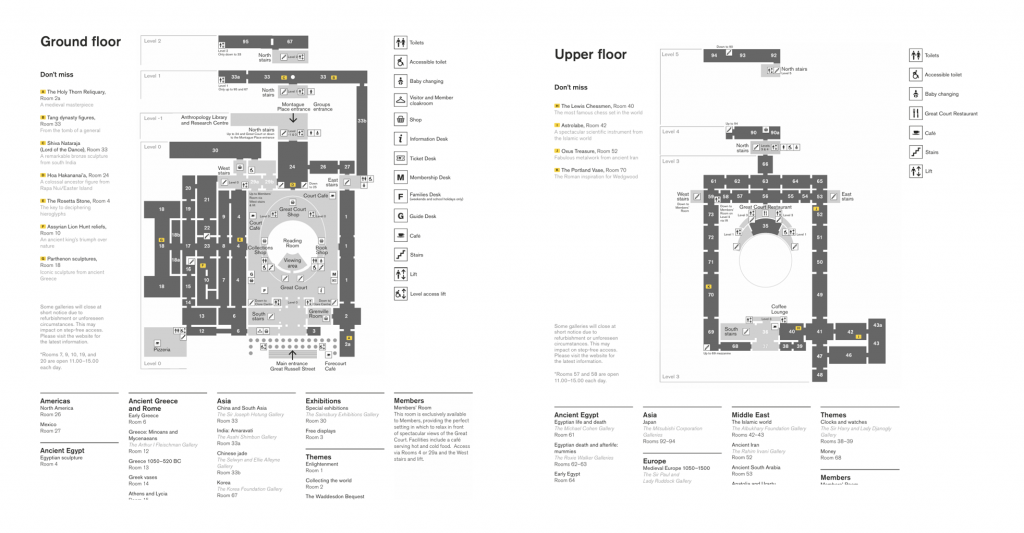
Referring to Sara Fanelli’s ‘My Map Book’ (the audience of which is children), it is helpful to think about simplification and playfulness in mapping, making it accessible and fun and imaginative:
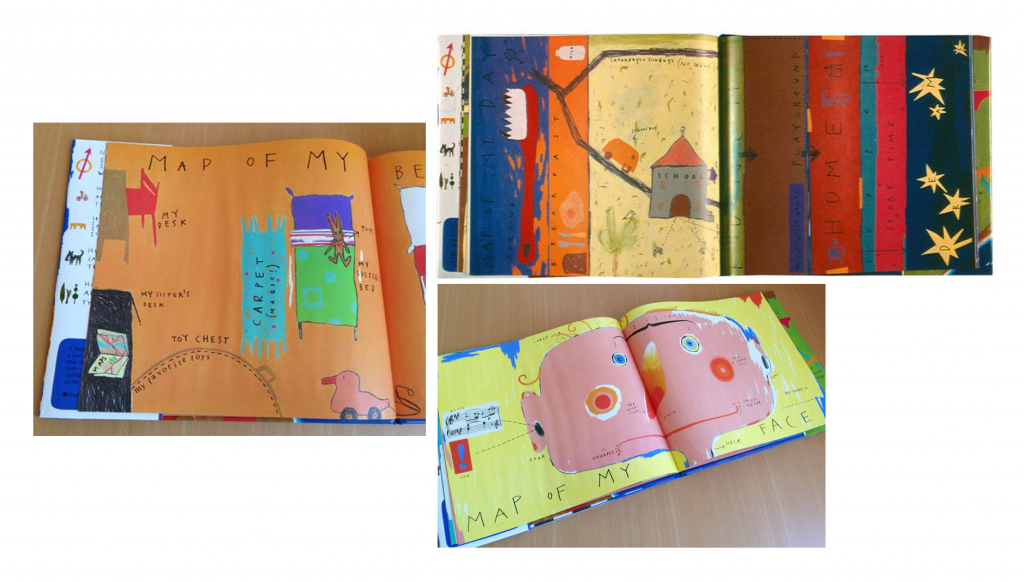
In tandem, I have been thinking about the work of Do Ho Suh, (which I have seen in the past at the TATE Modern and Victoria Miro) and how a space can be translated into textile form with accurate scale:
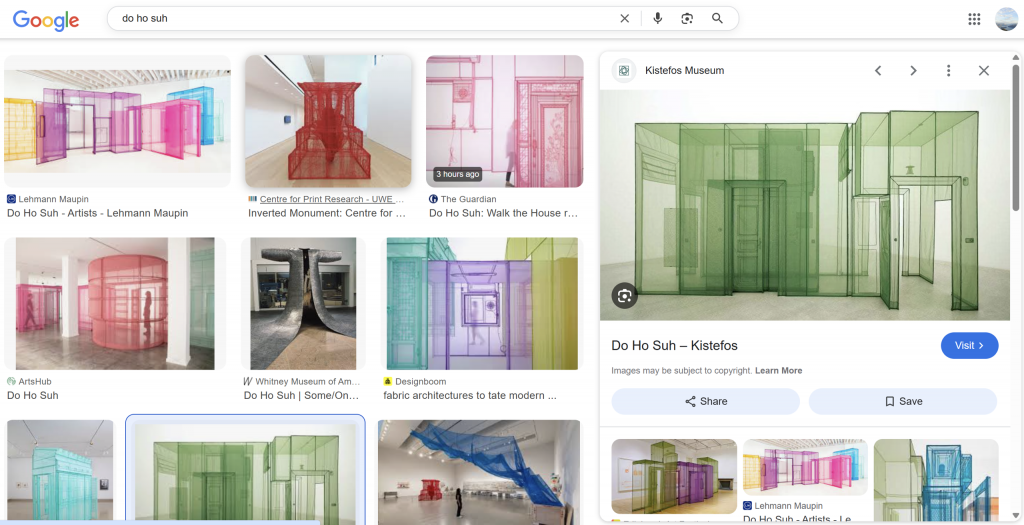
And also thinking again of the Citra Sasmita exhibition, and one ‘page’ of fabric containing many cultural motifs/stories, with openness to interpretation by the viewer:
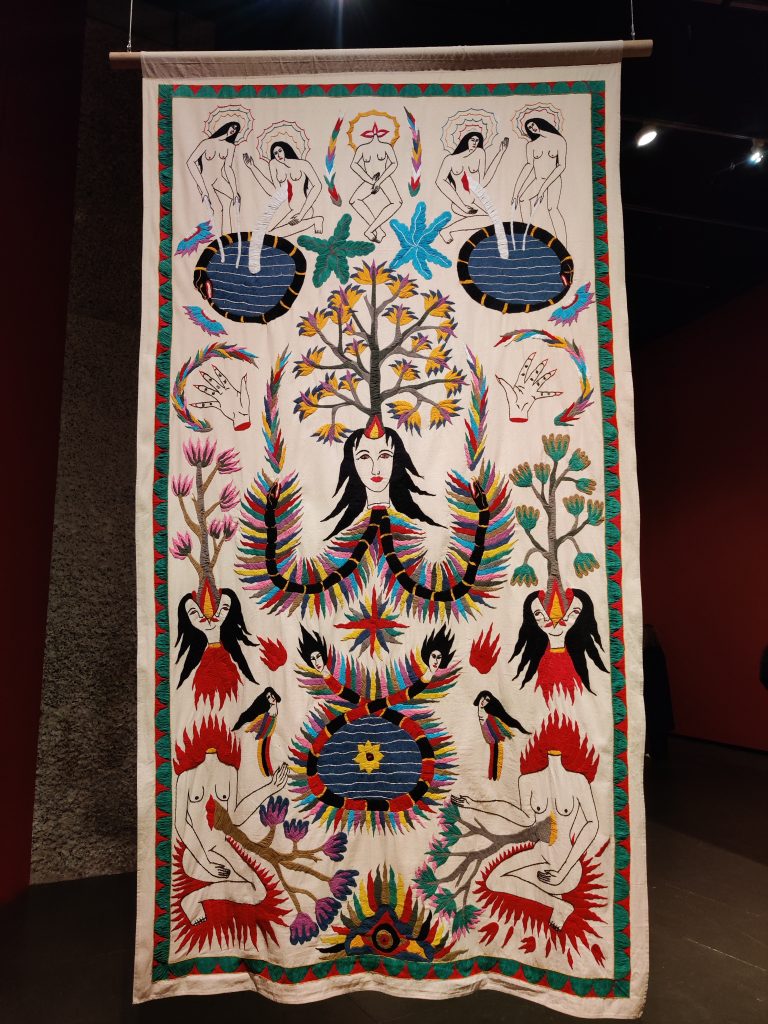
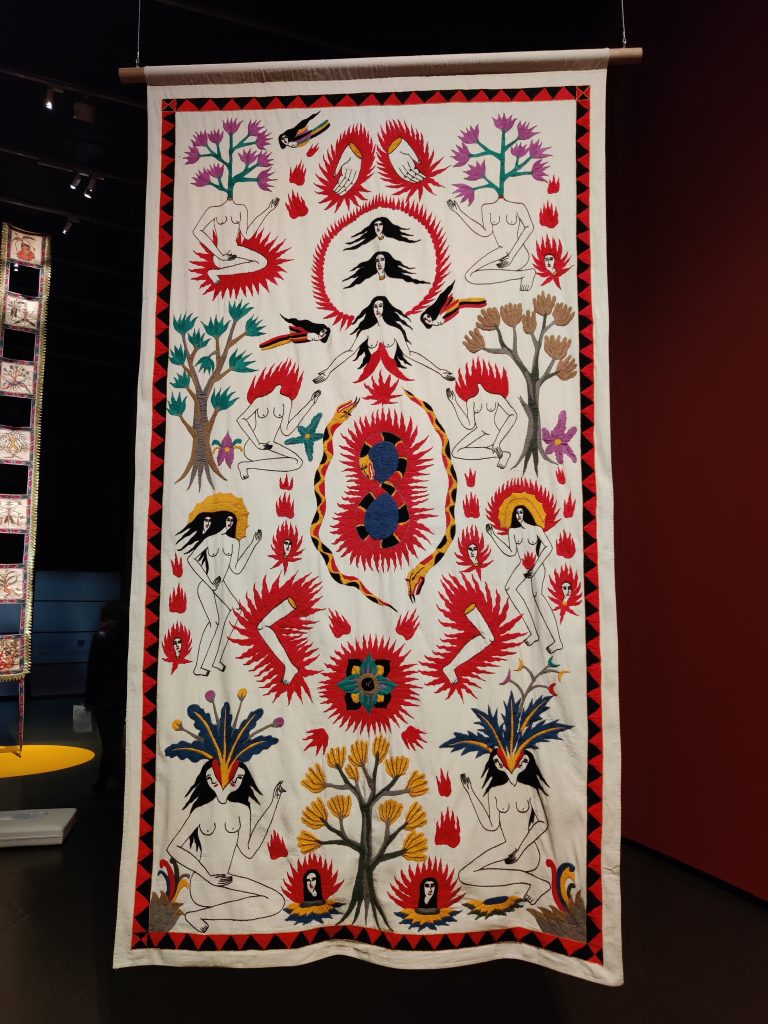
I recently also visited the Salt Hedge exhibition at Somerset house, which includes the telling of a historical account in textile form. The fabric panels tell a progressive story akin to the panels of a comic (thinking along these lines thanks to Societies 3), as well as their layout mirroring the shape of the Salt Hedge:
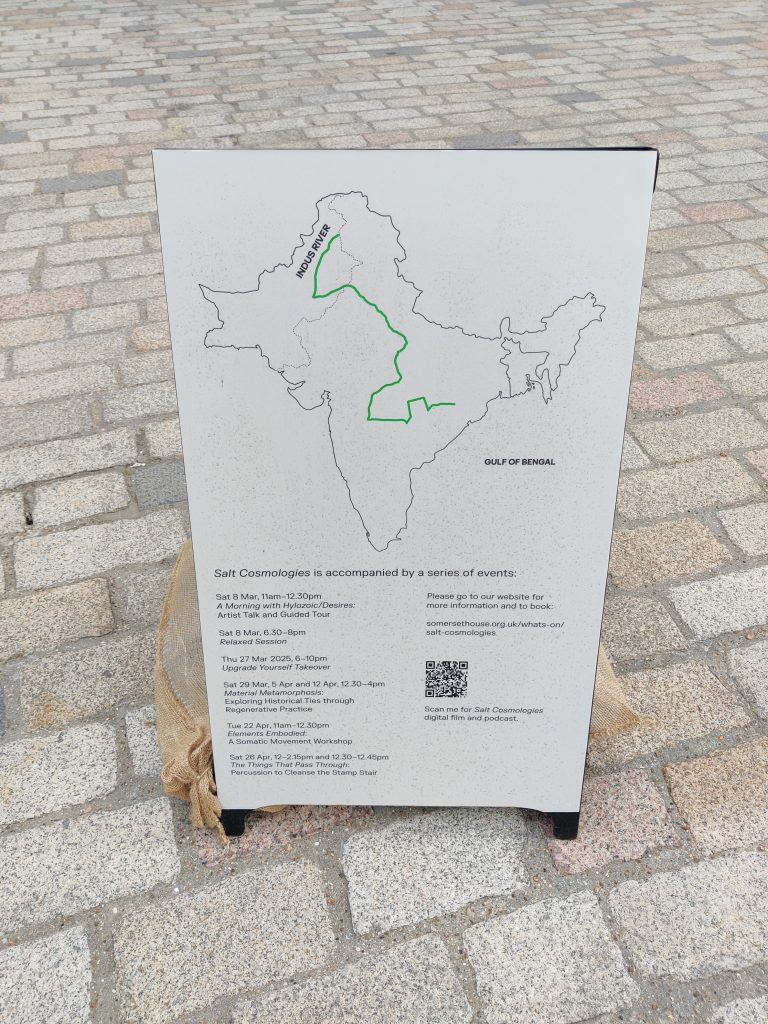
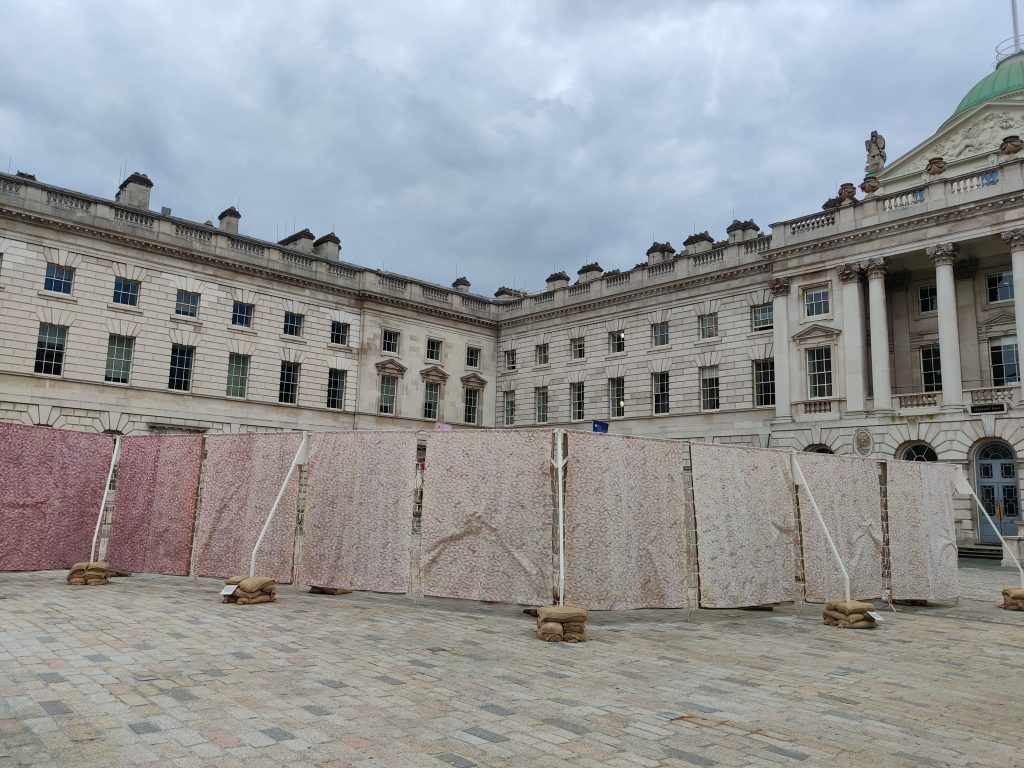
Another practitioner whose work is situated similarly but differently, is Sarah Espeute, whose embroidered line drawings depict meals and experiences, but can also be used in situ, e.g. an embroidered tablecloth depicting hands and plates and utensils can be used as the canvas for a meal, with people eating from actual plates etc. set upon the tablecloth. The sewn ‘drawing’ is a kind of map for the scene the drawing depicts.
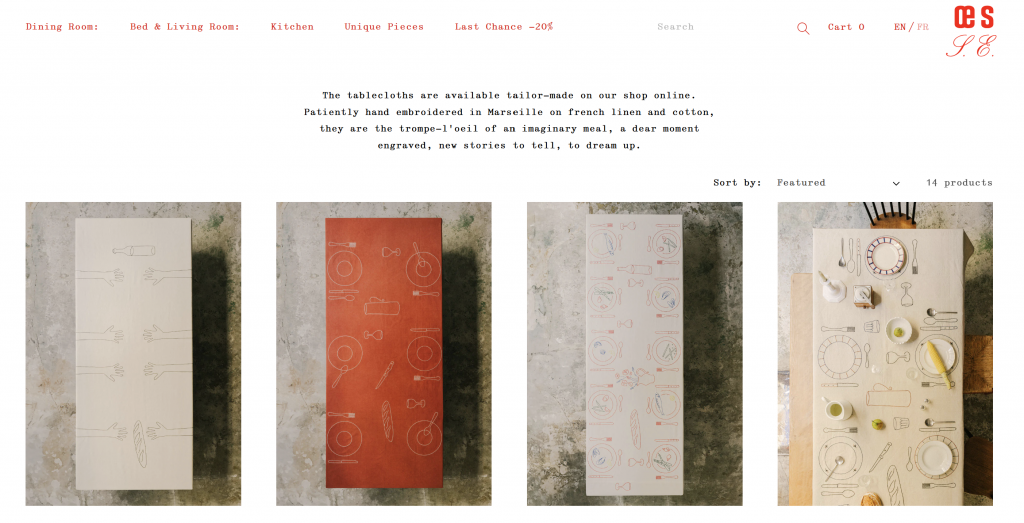
I am ideating about how I might map the biblical artefact index in quilted or embroidered form, and whether that form, in its cosiness might be an accessible way for children to be curious about the artefacts, though my audience is not yet set in stone.
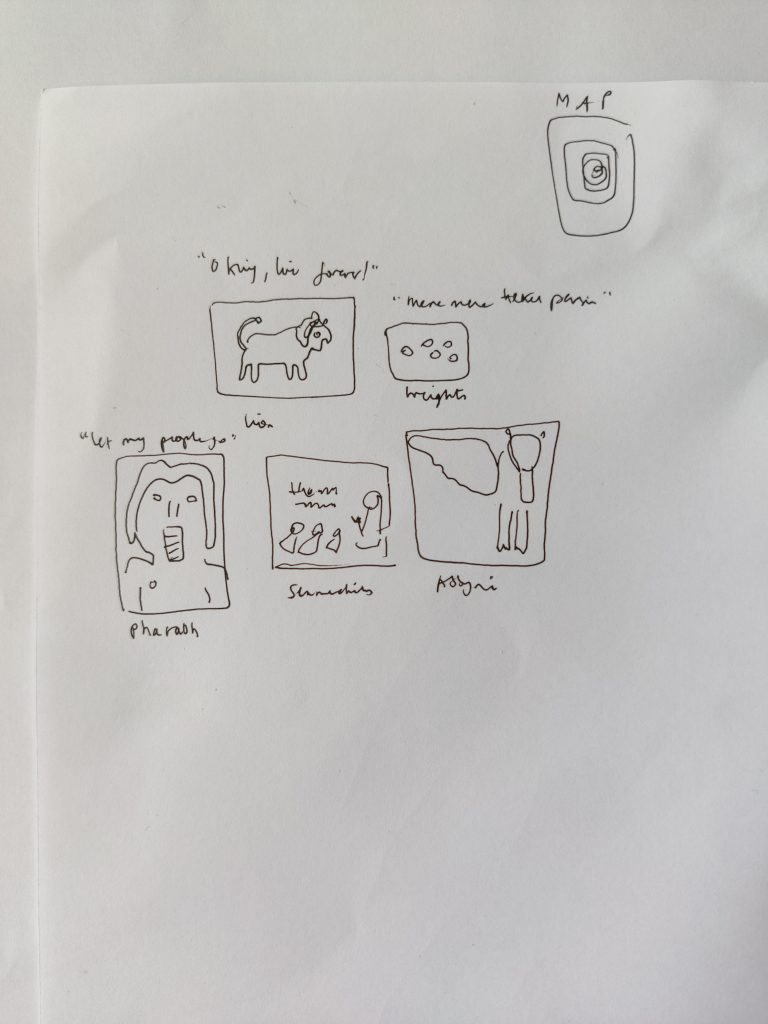
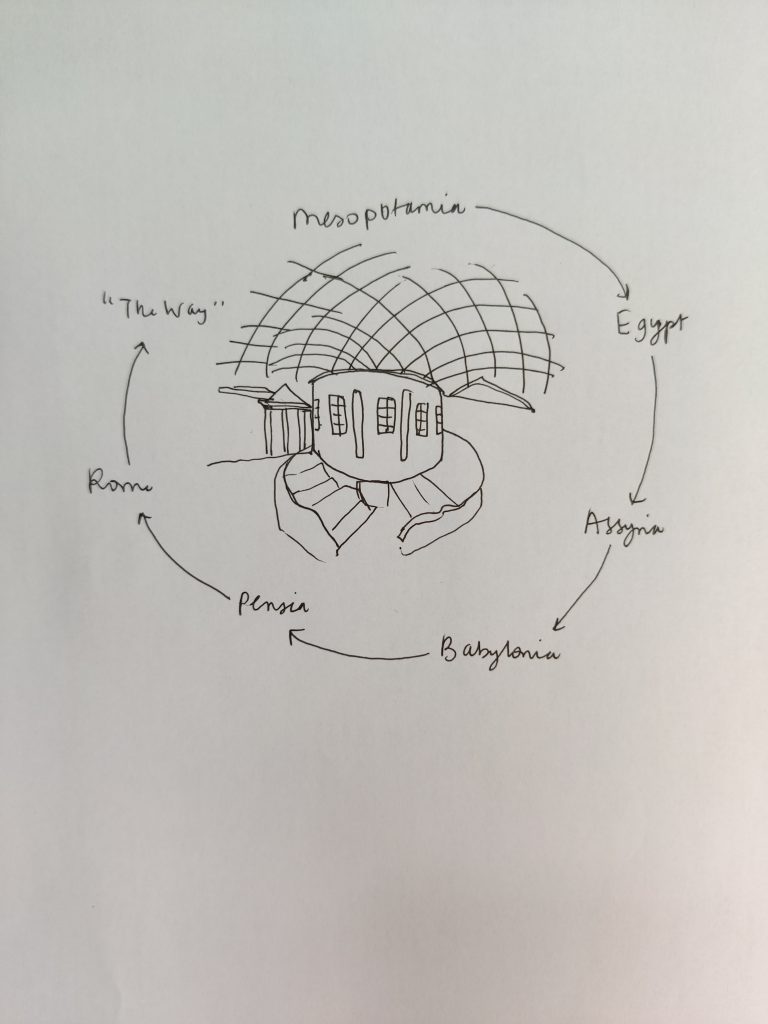
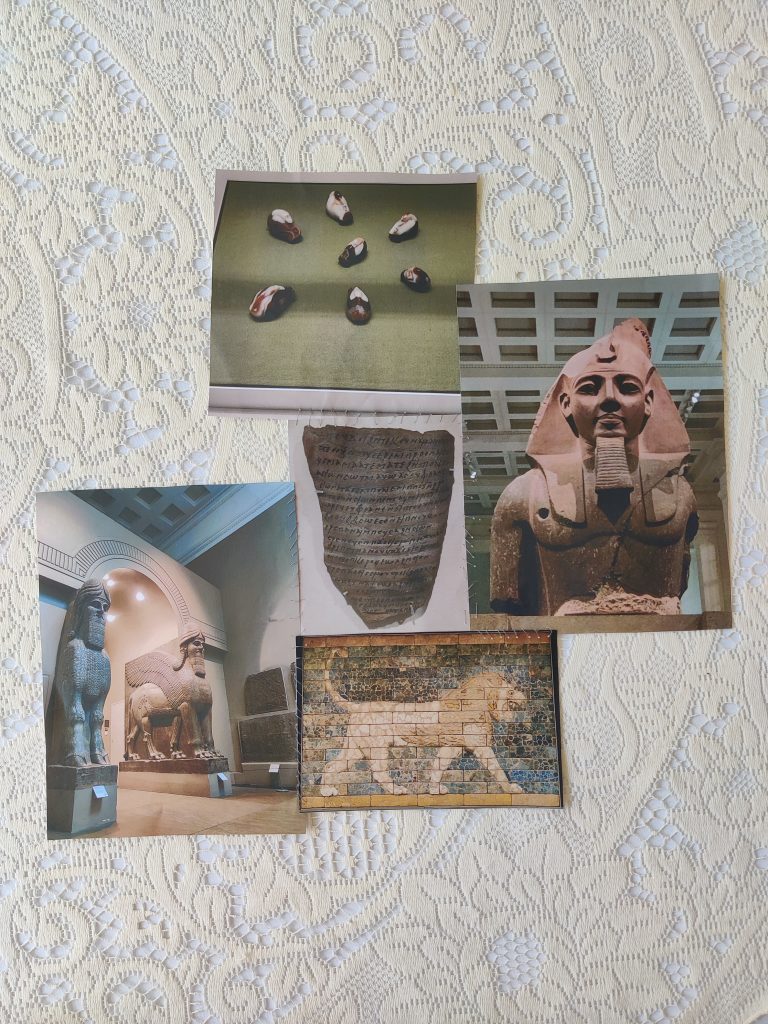
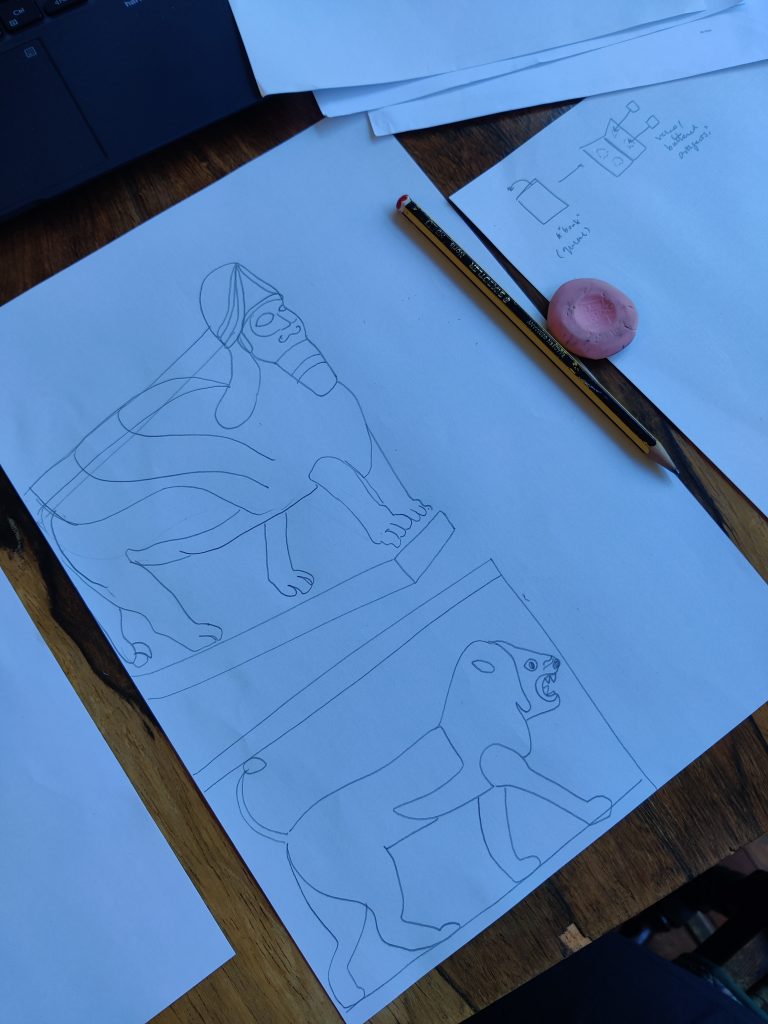
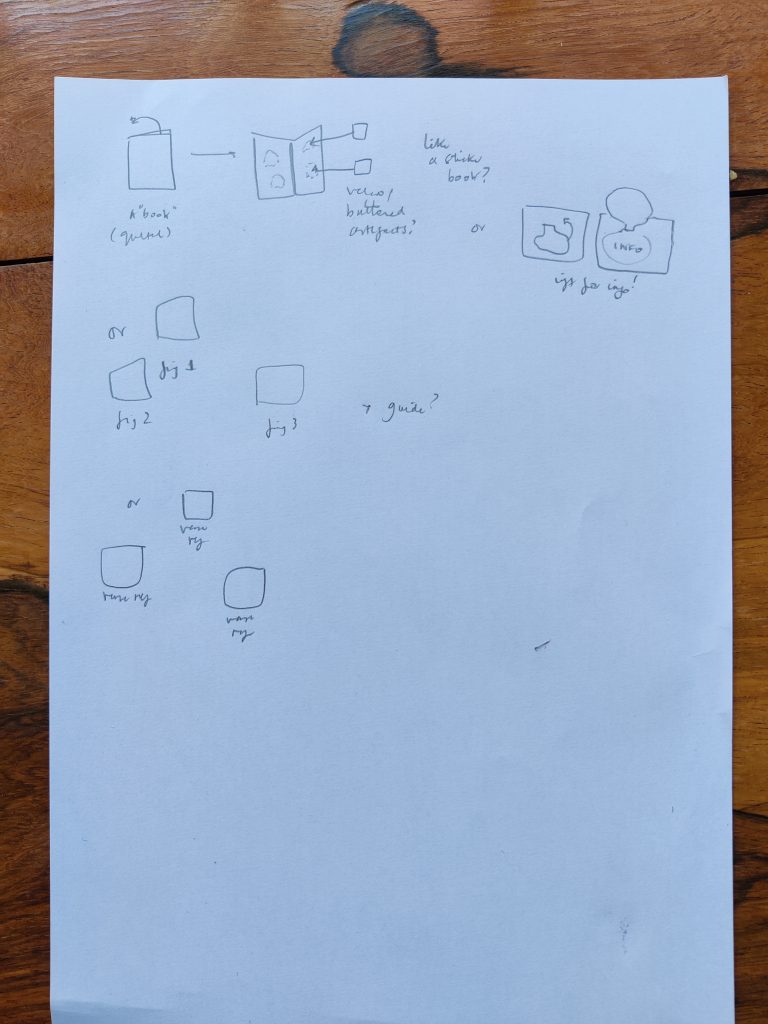

Looking at other ways of visually communicative patchworking/textile collaging, such as the compositional styles of Paul Klee and the Gee’s Bend Quilting community:
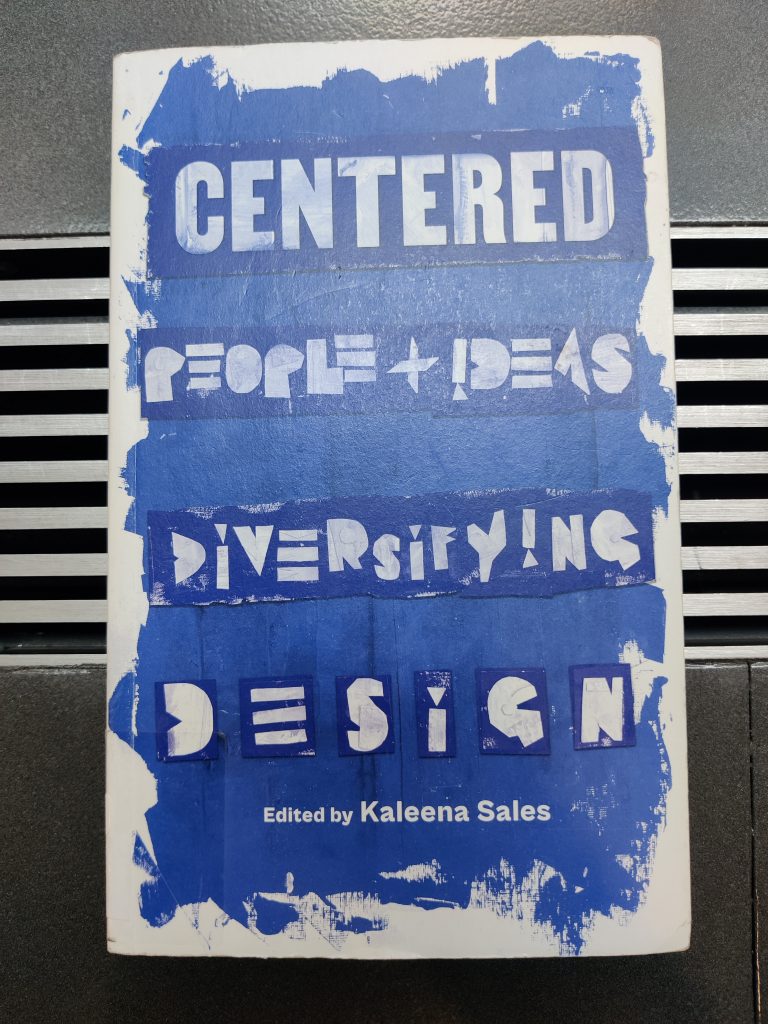
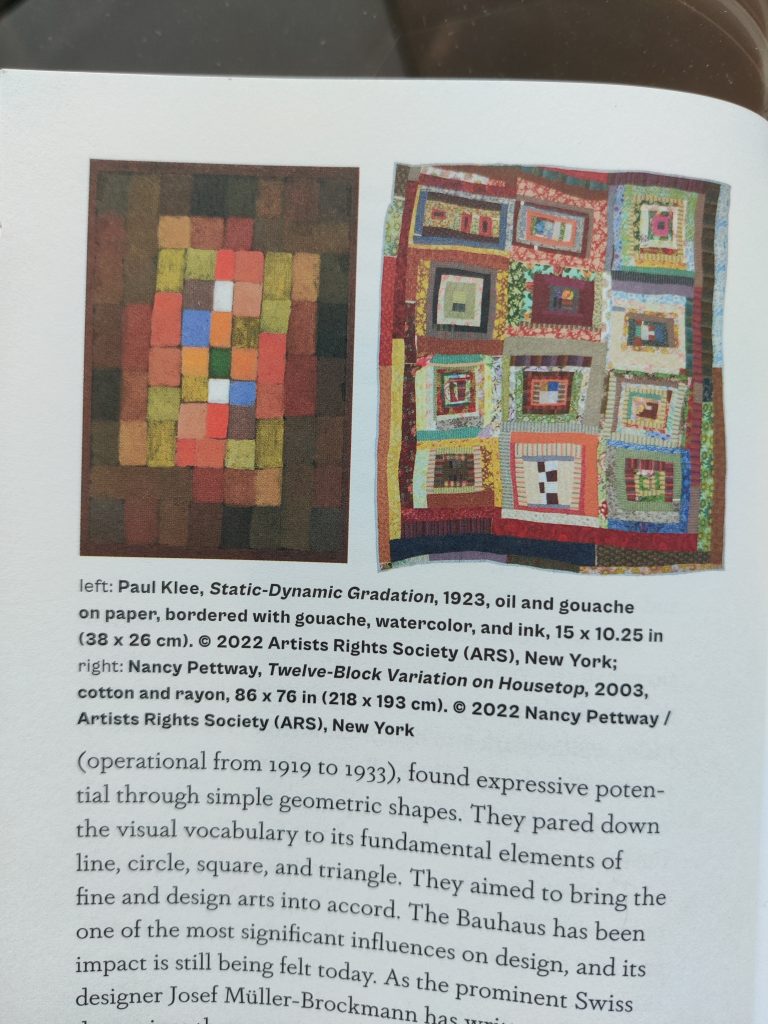
And experimenting with textile ‘collage’ as a change from the thread ‘drawings’ of the Babylonian lion panel:
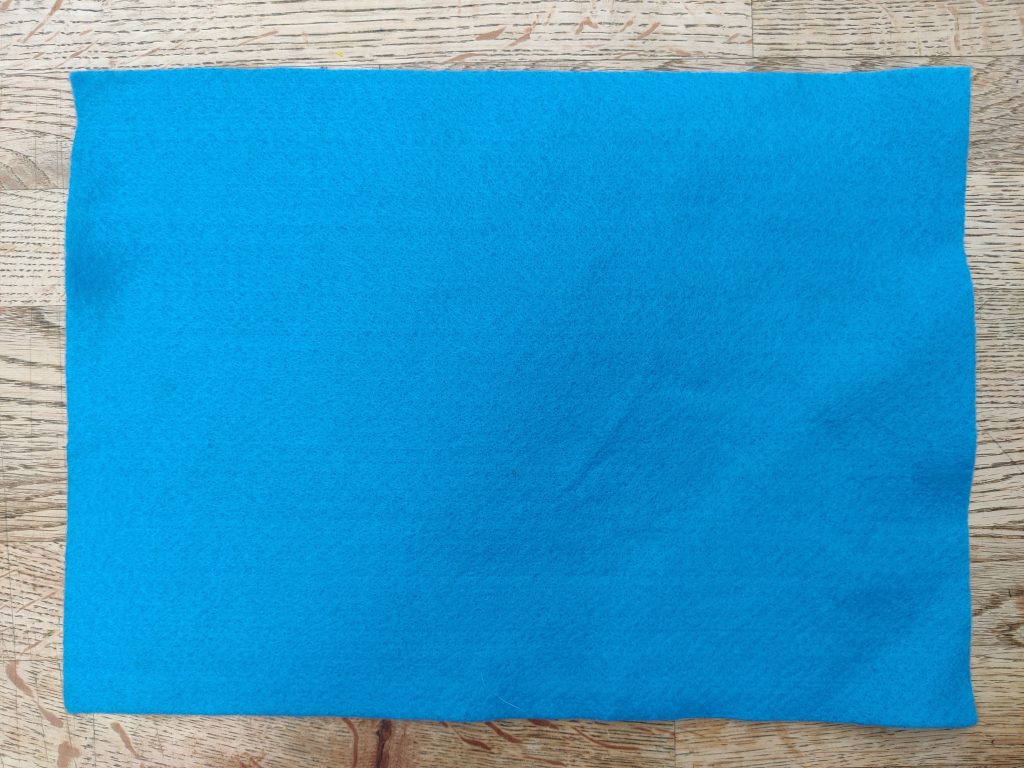
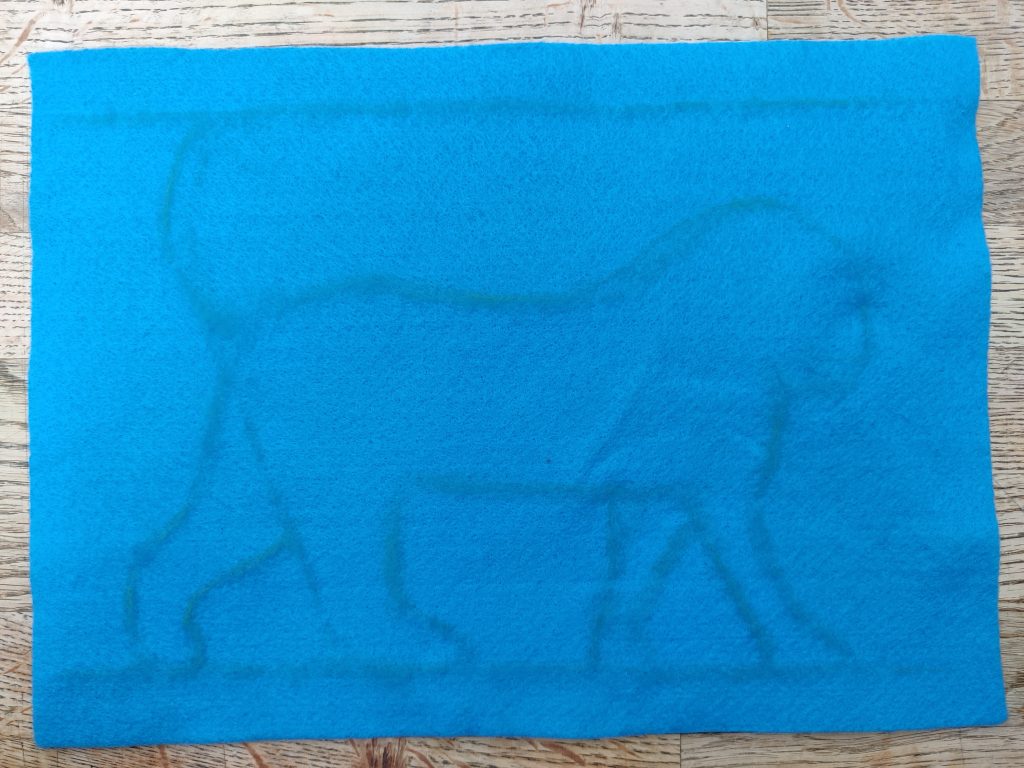
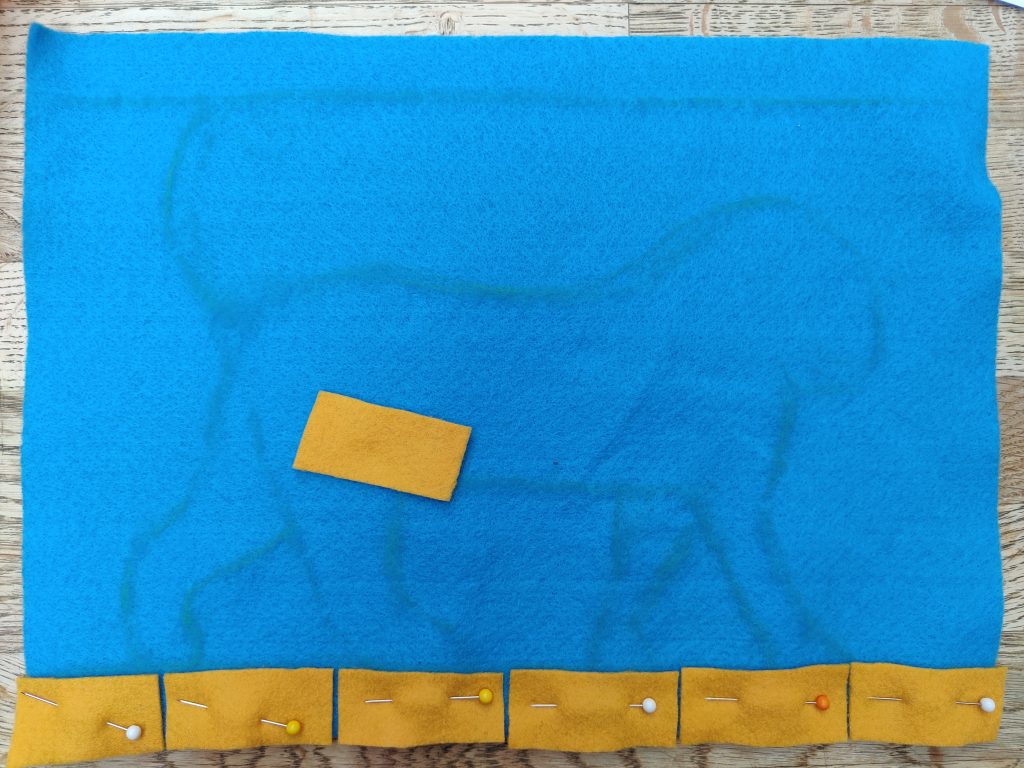
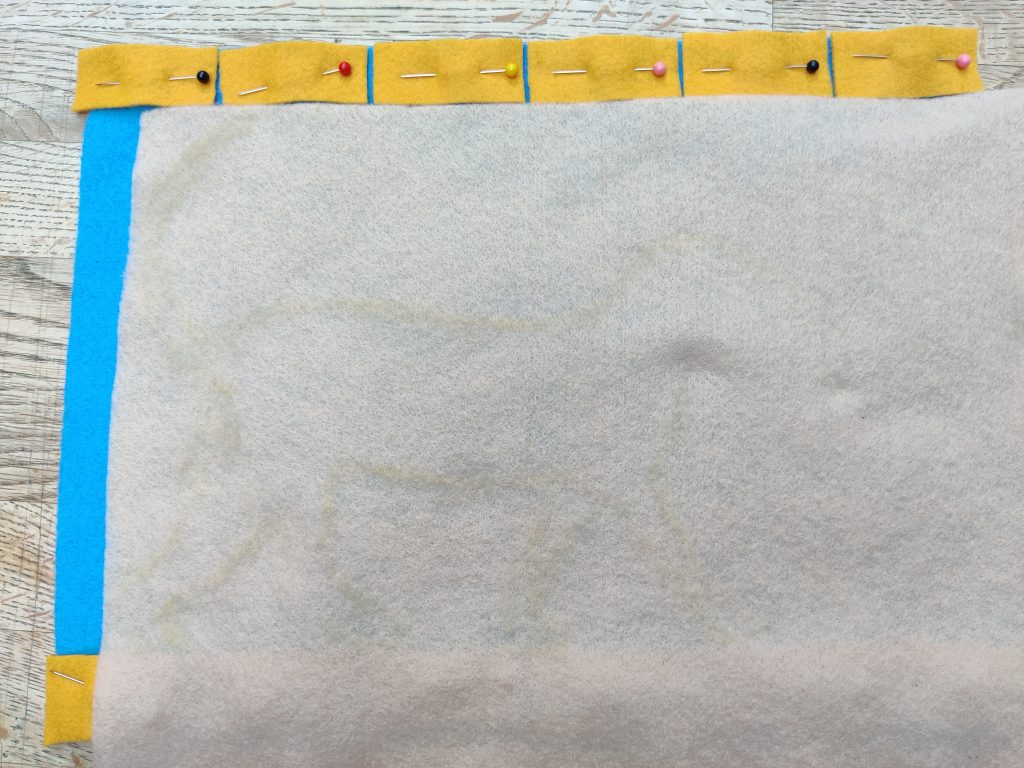
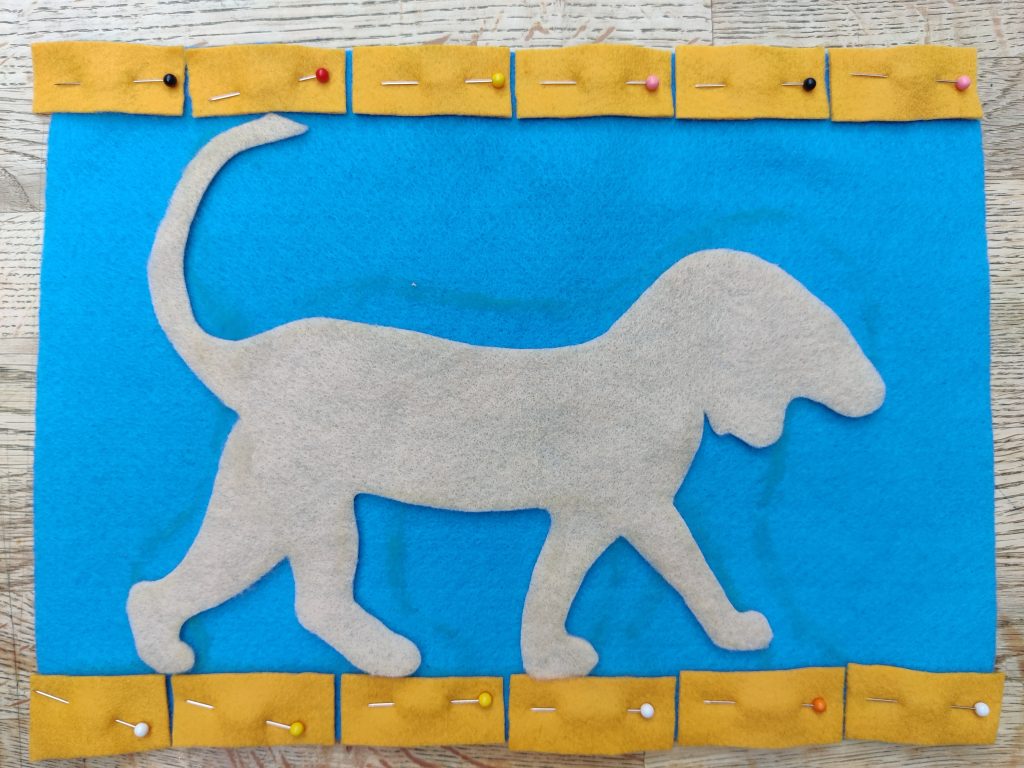
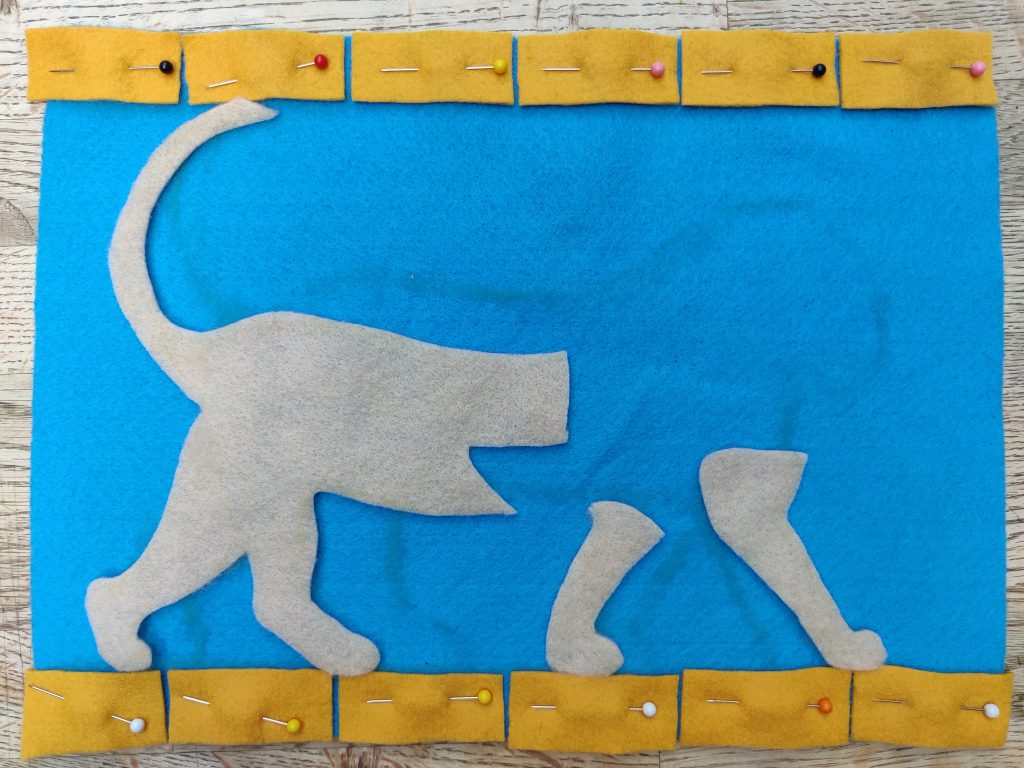
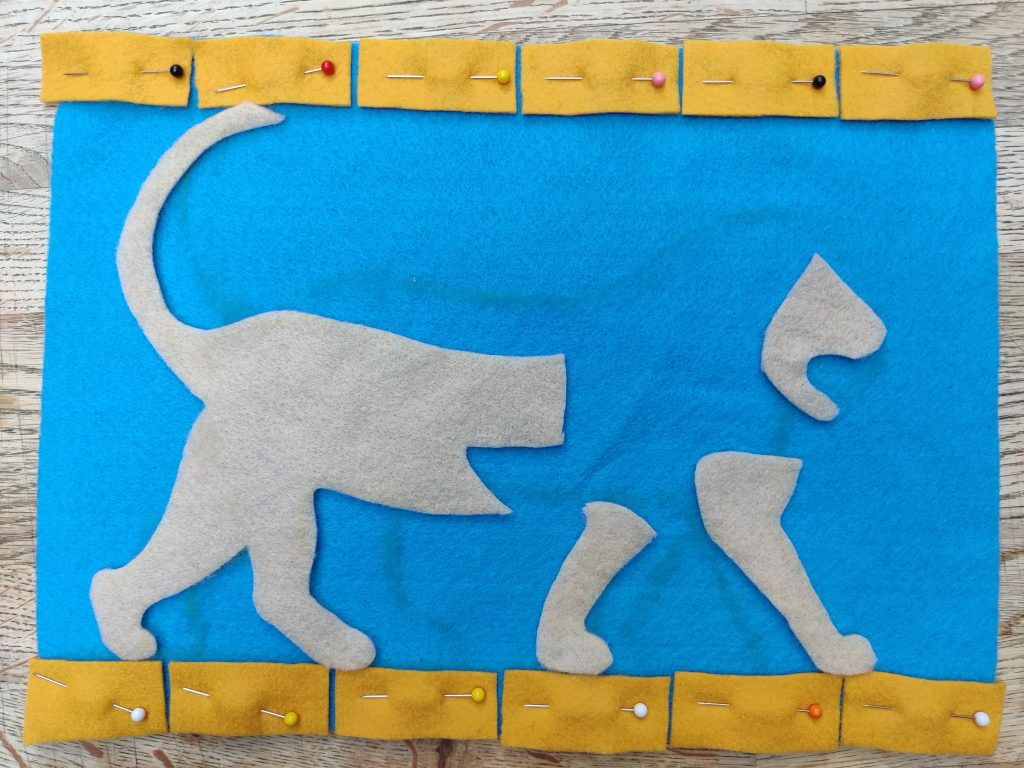
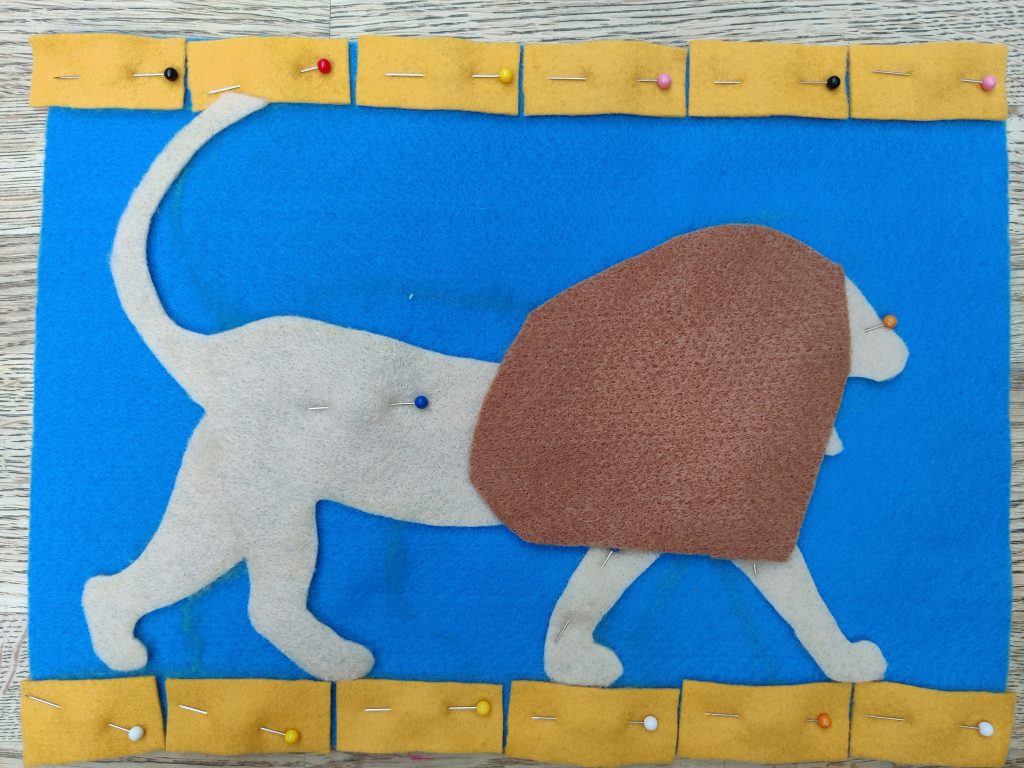
Looking also at Phoebe Hart’s rug art as inspiration and how she illustratively and intriguingly conveys information visually through textiles:
